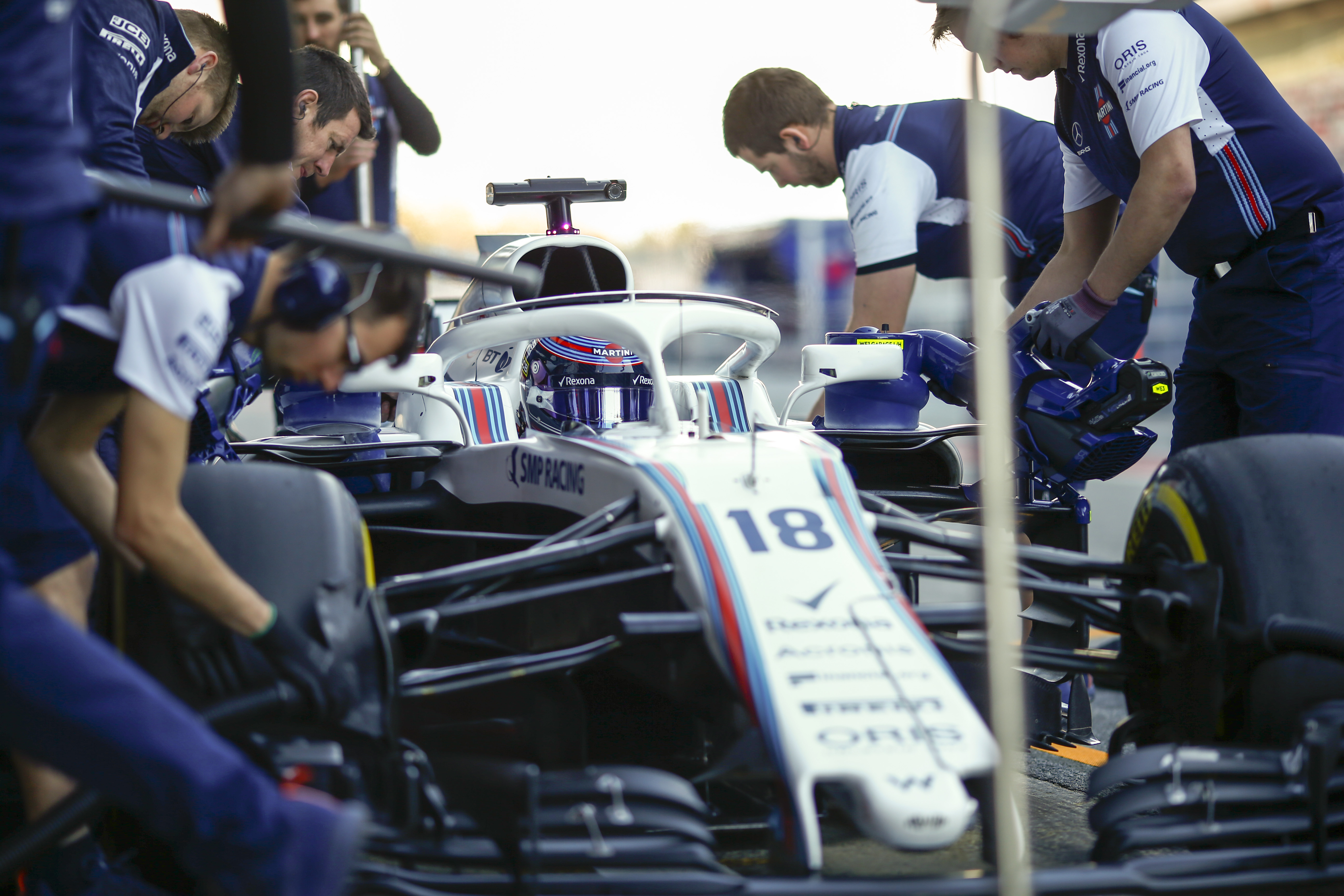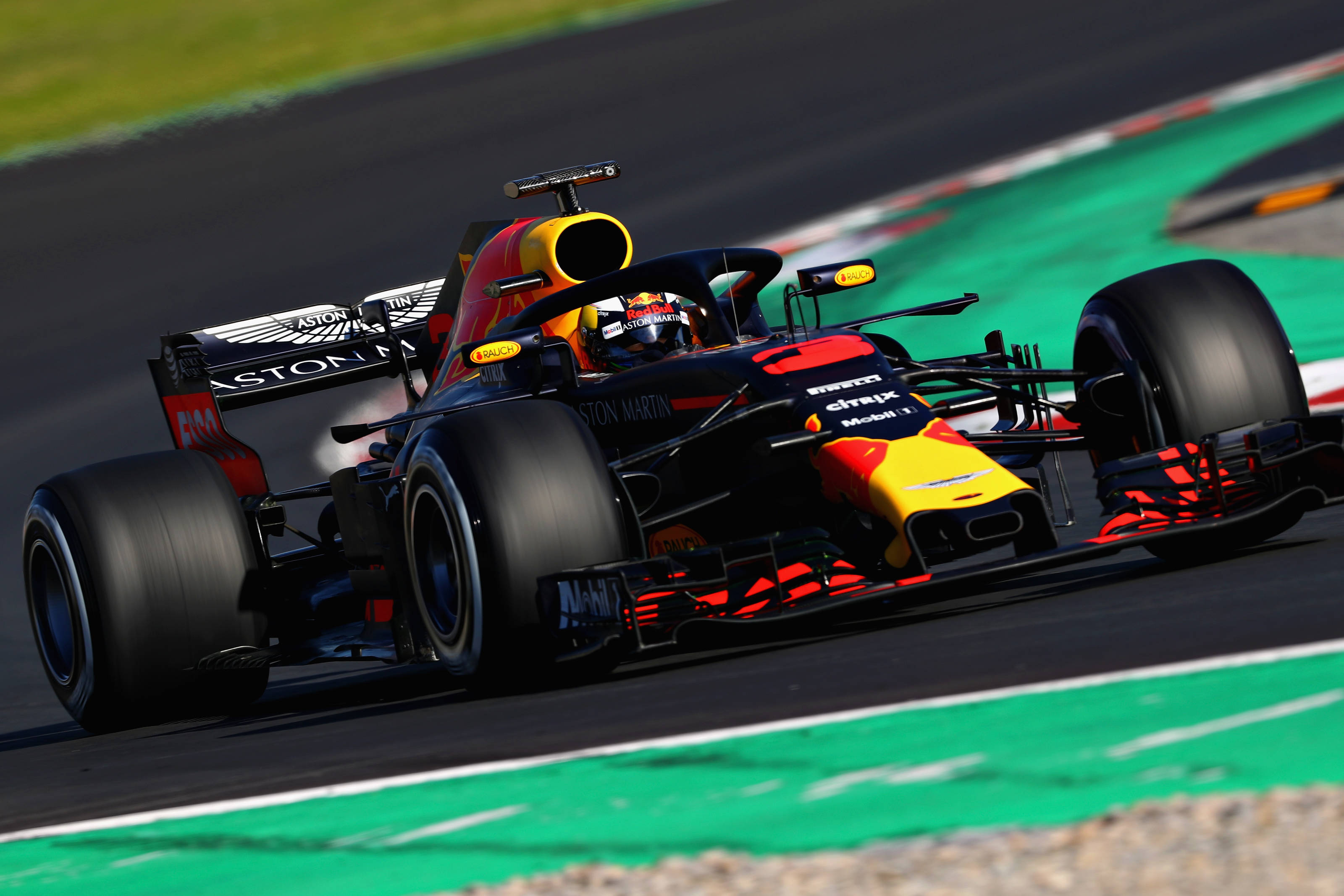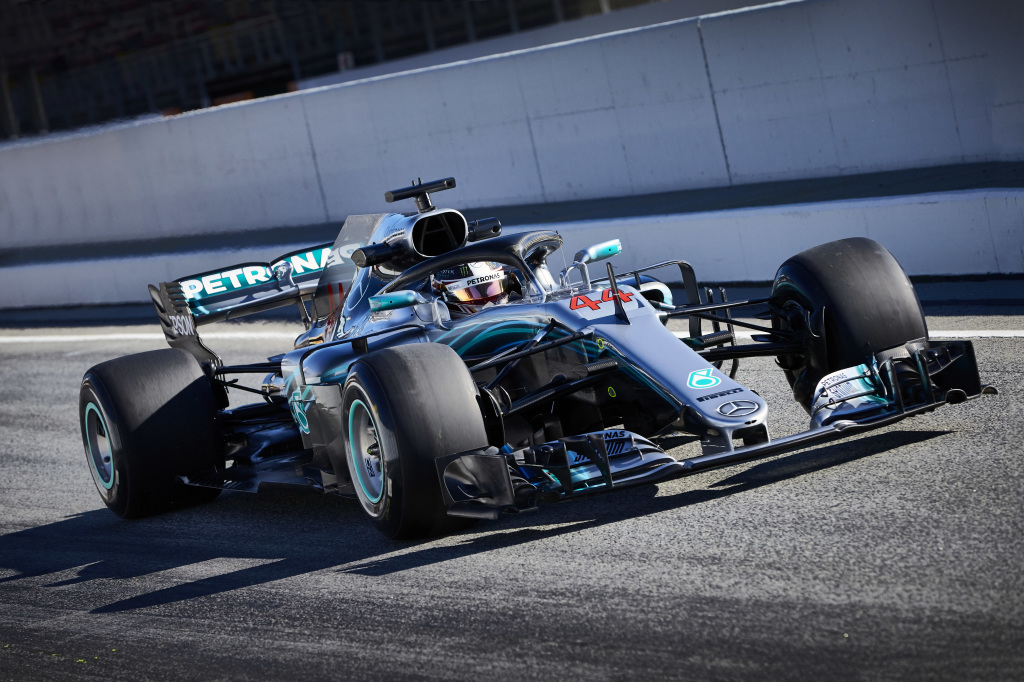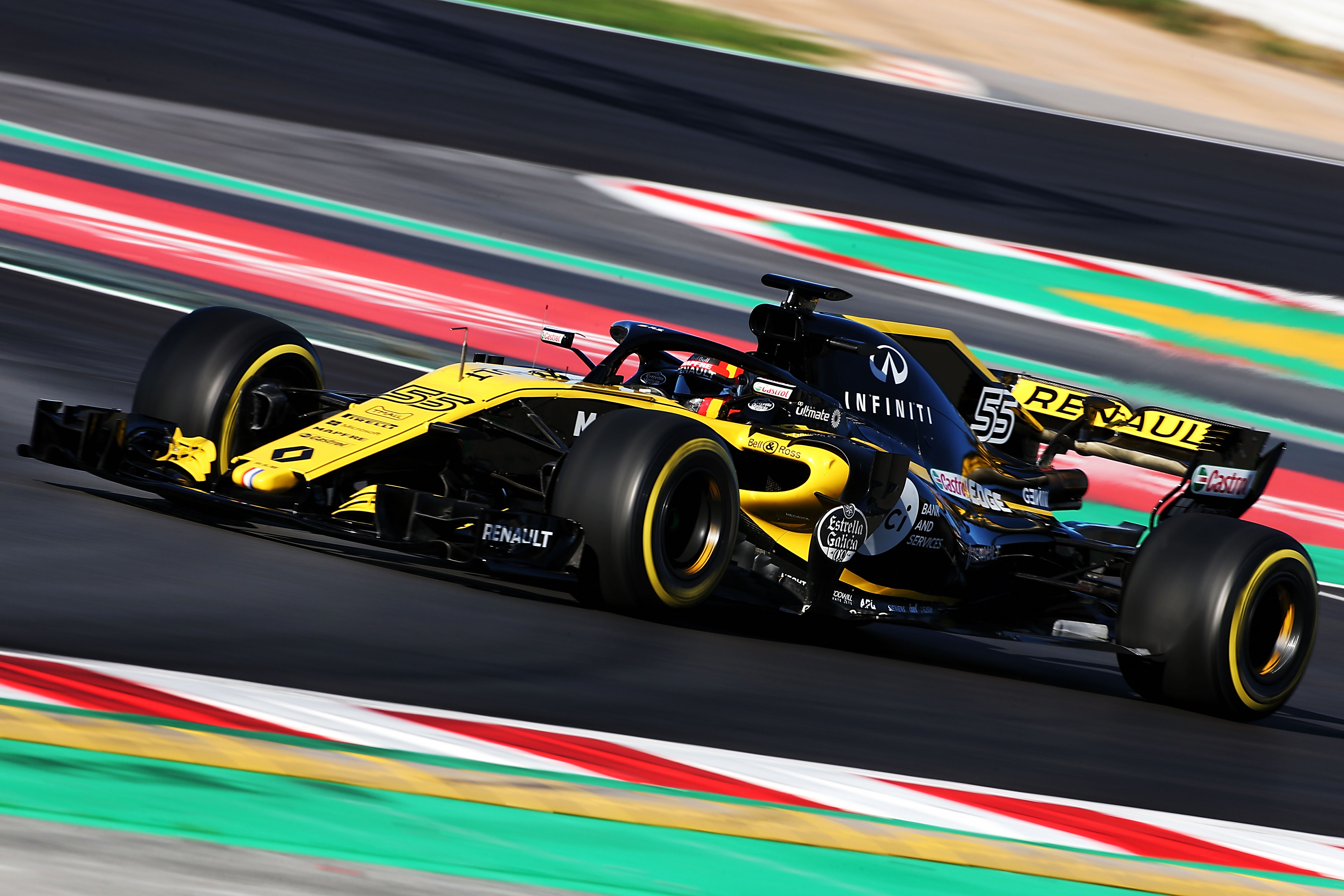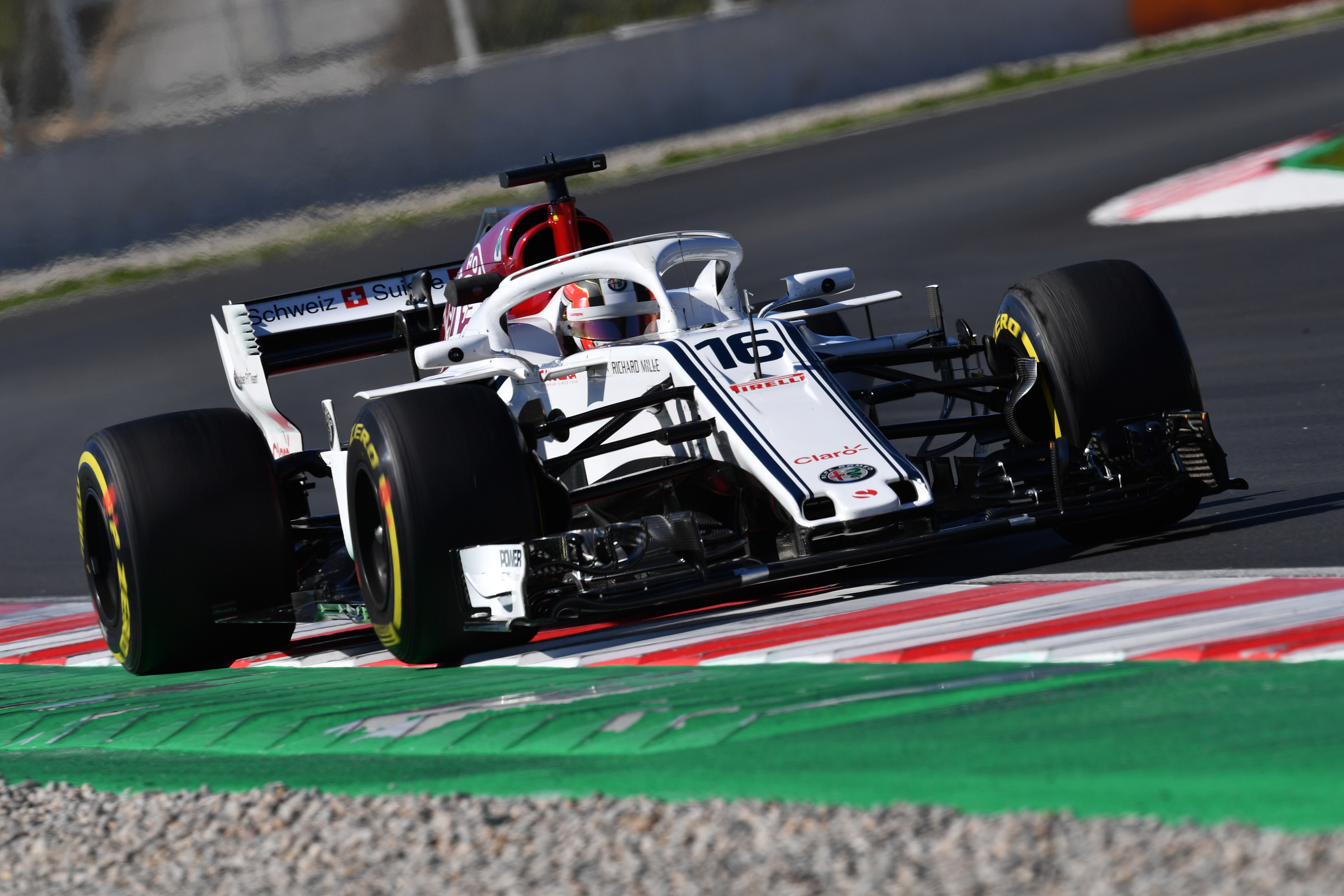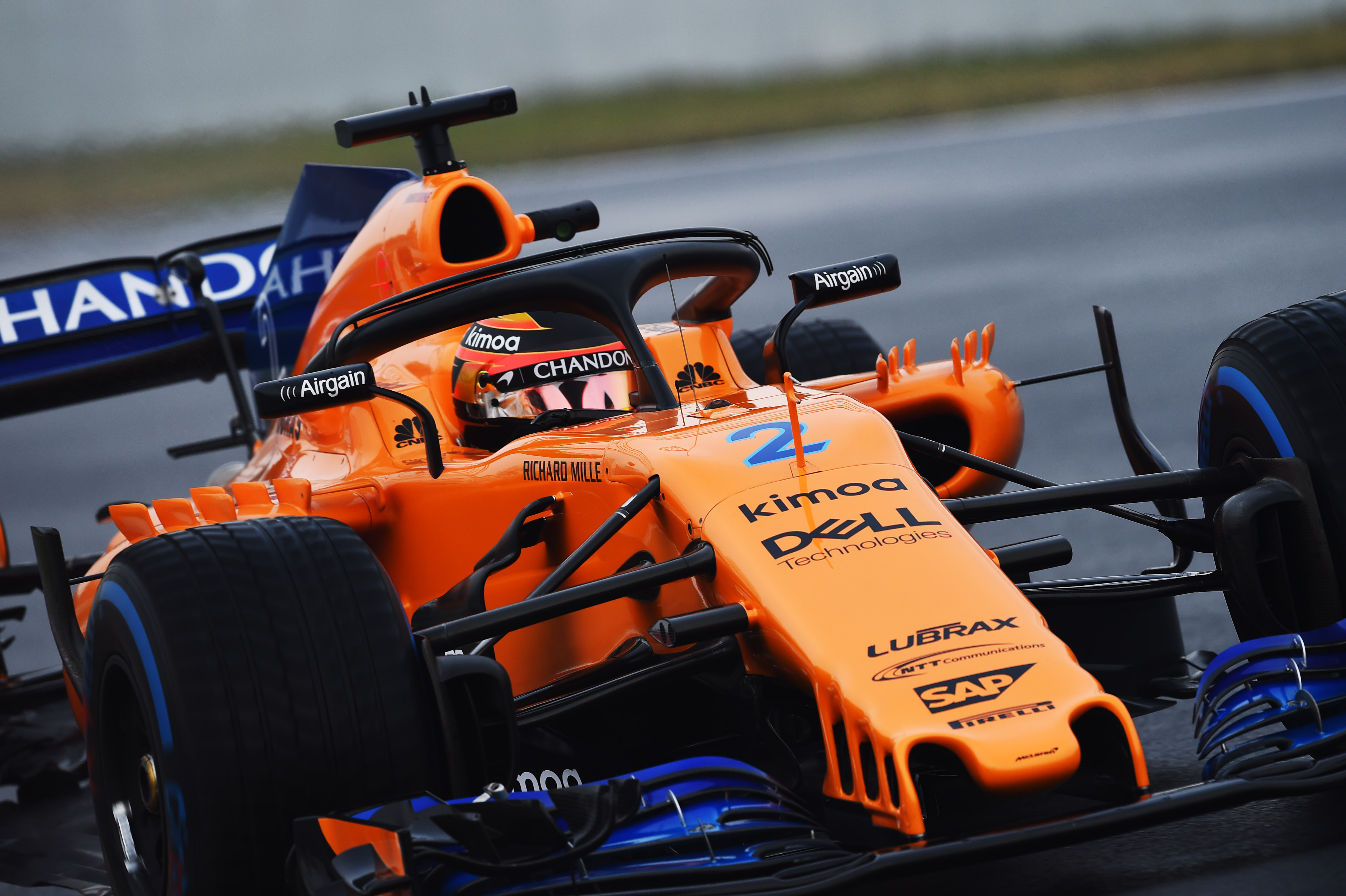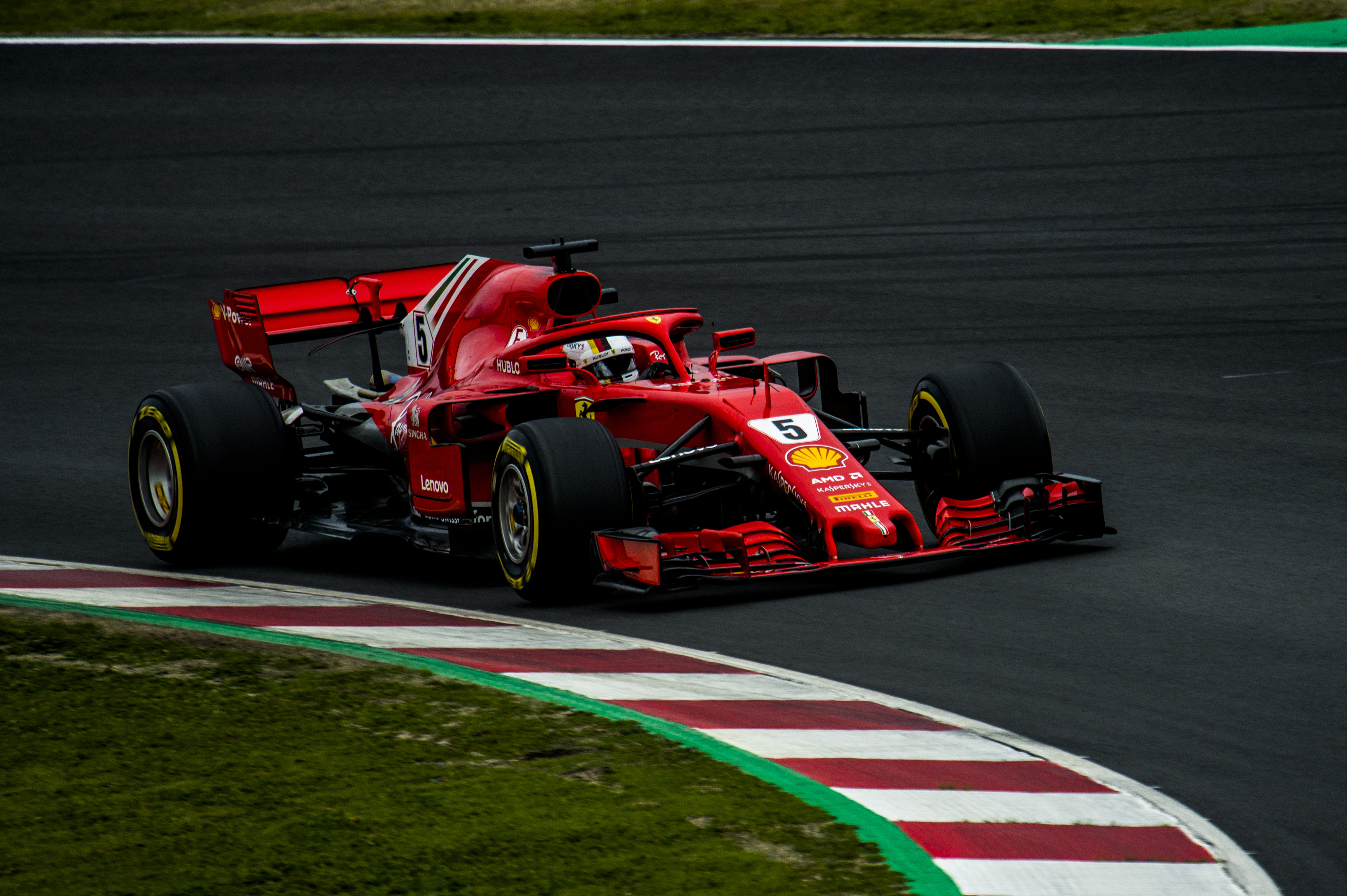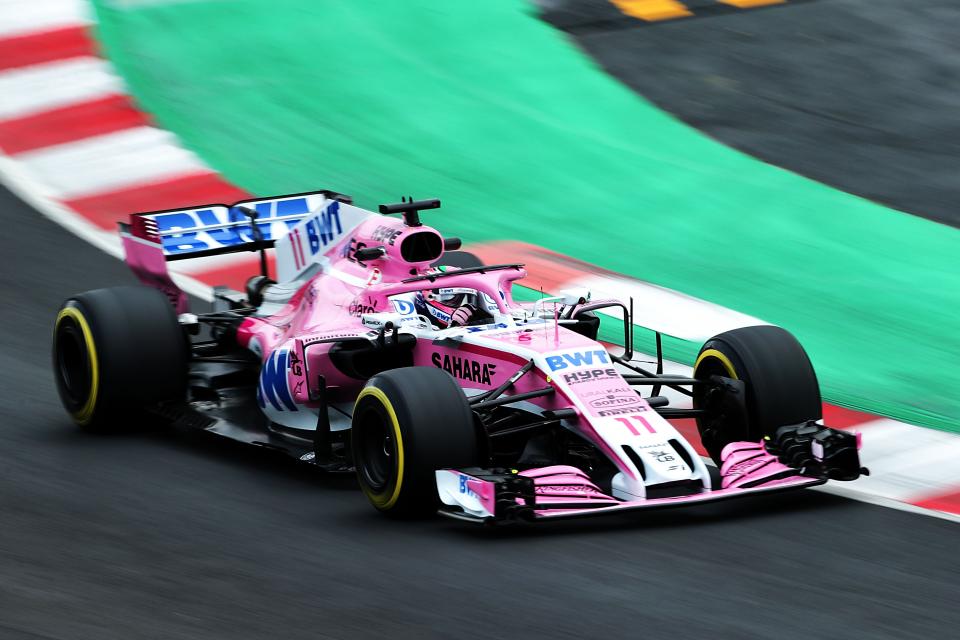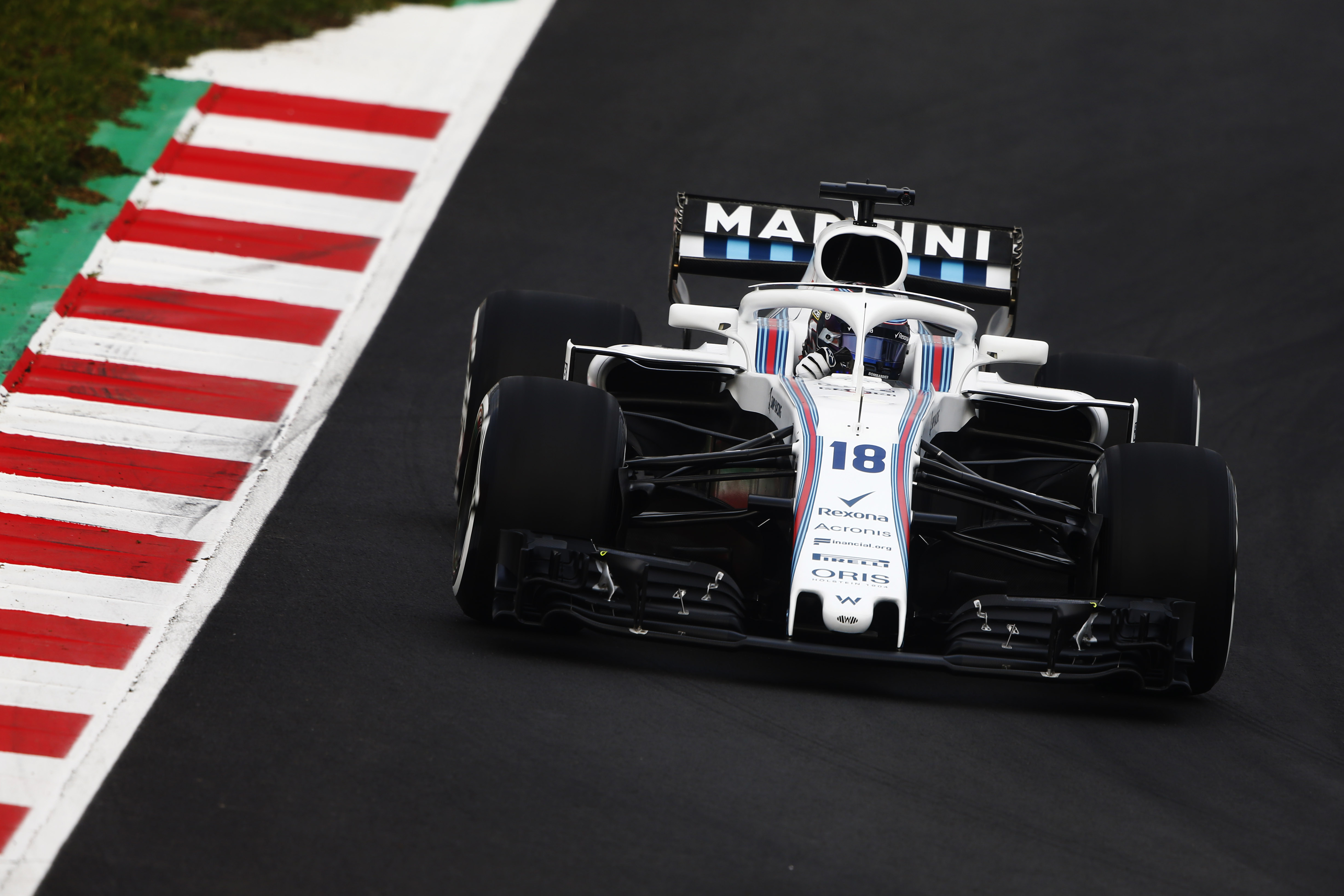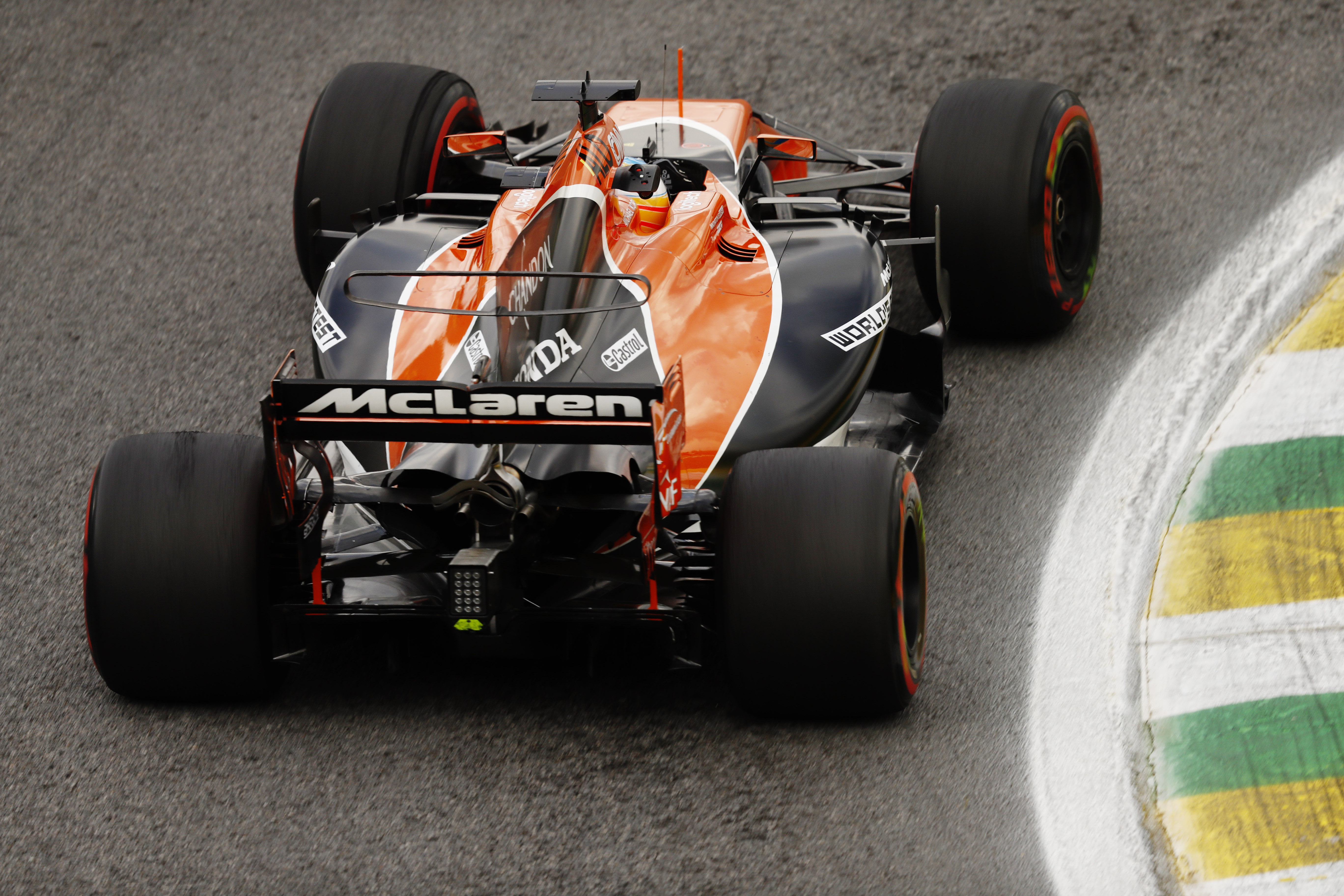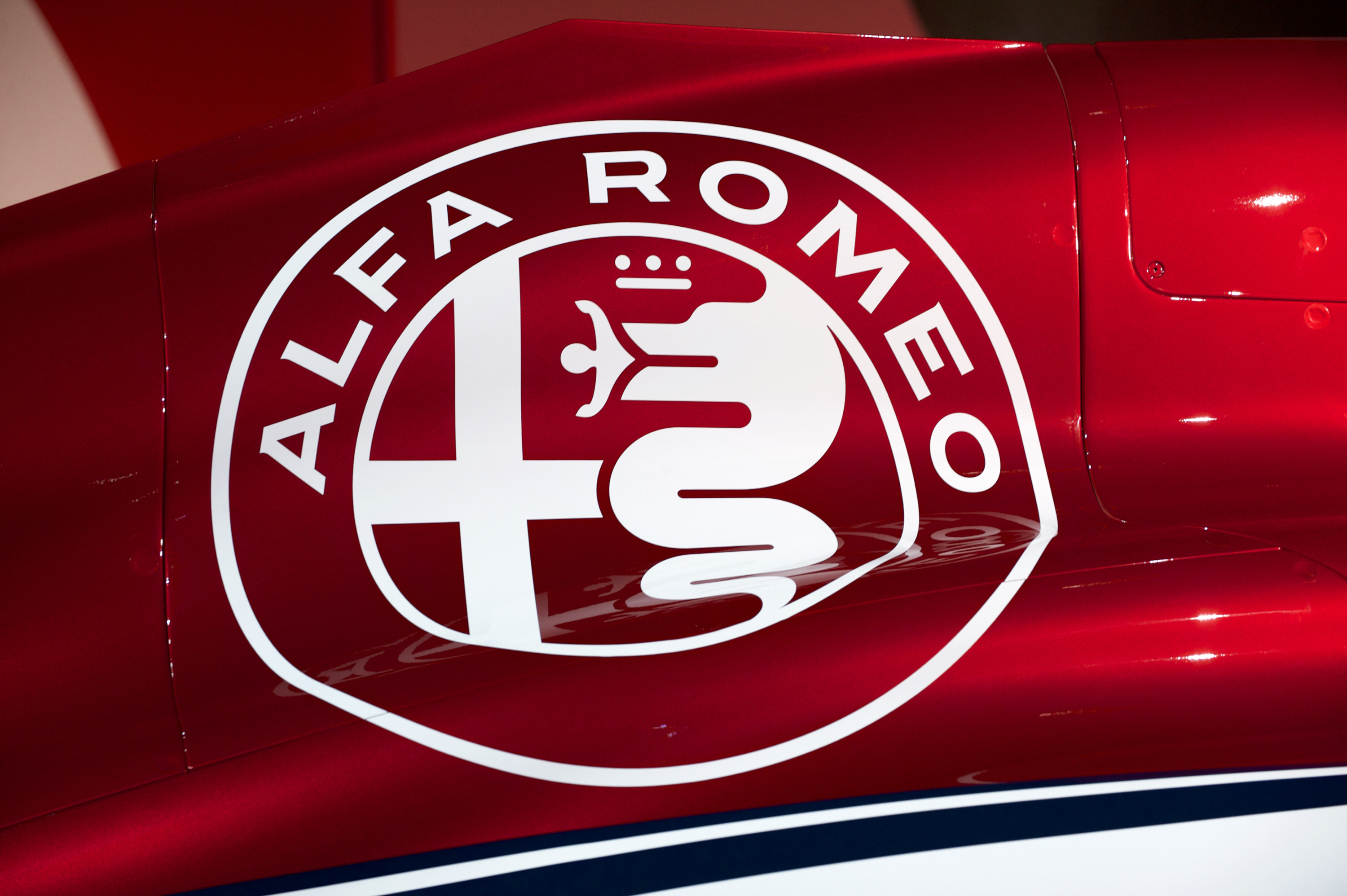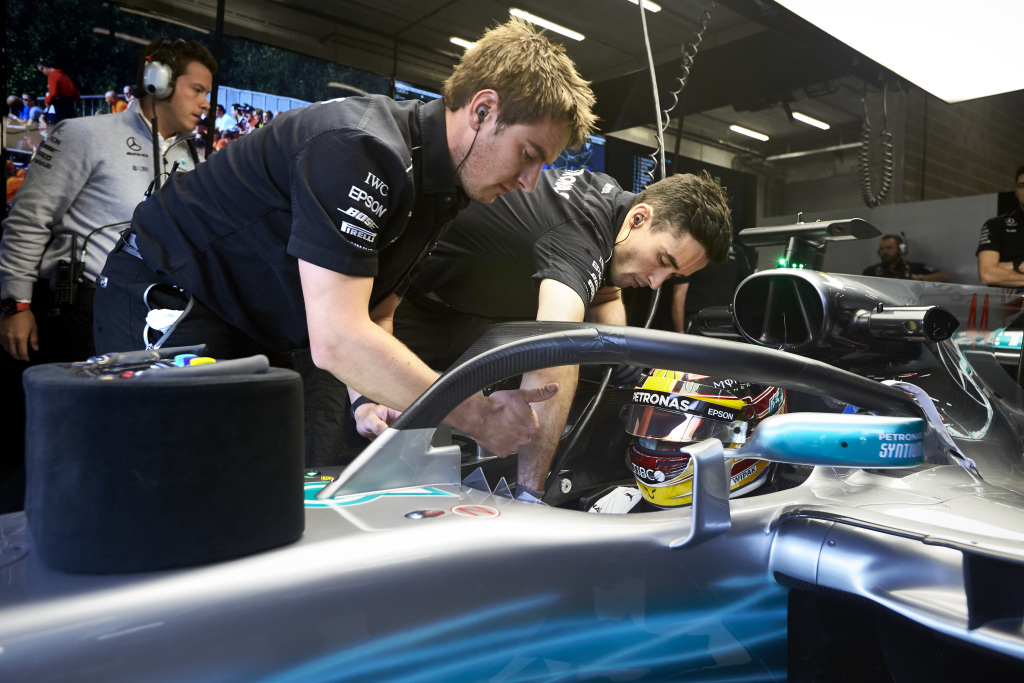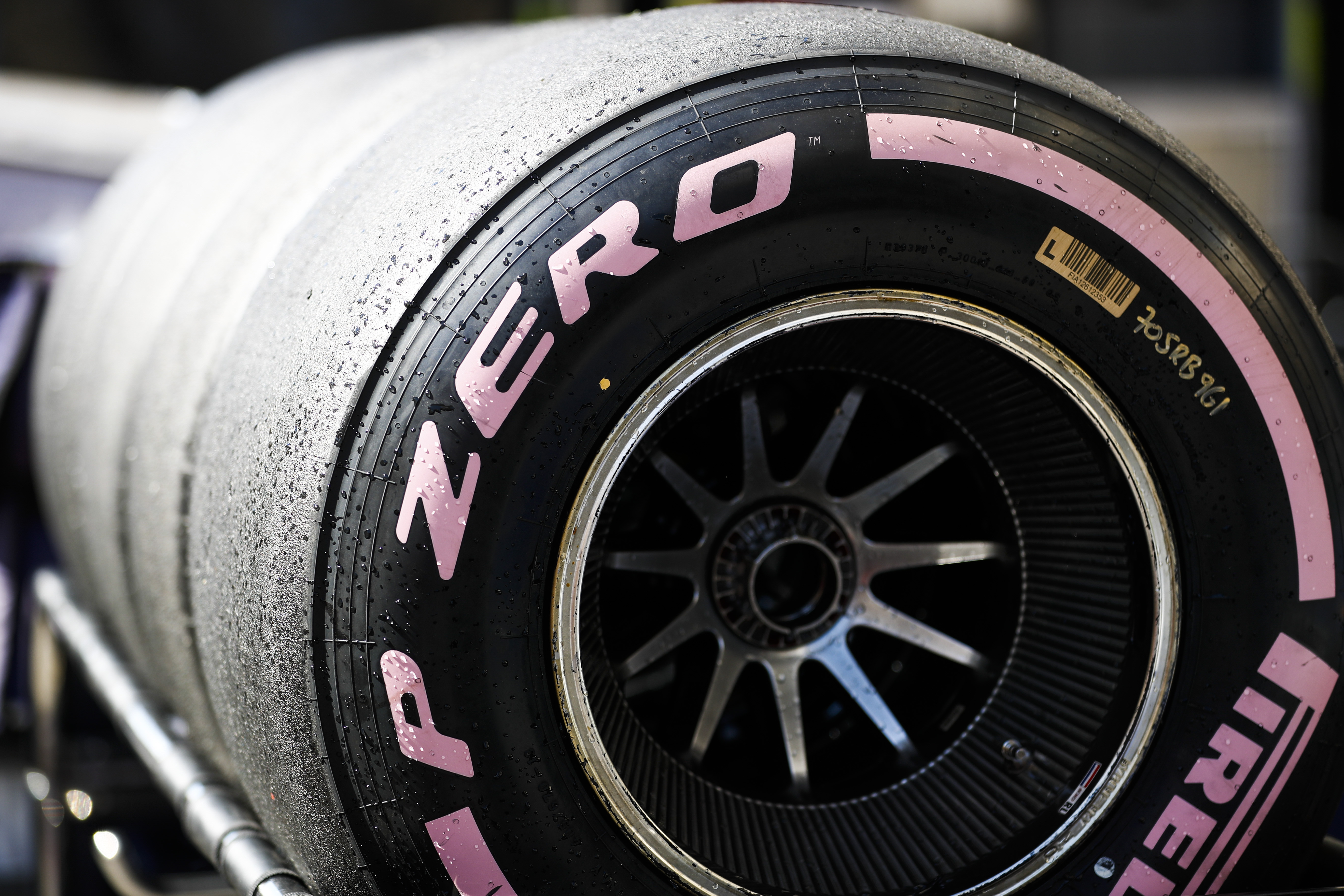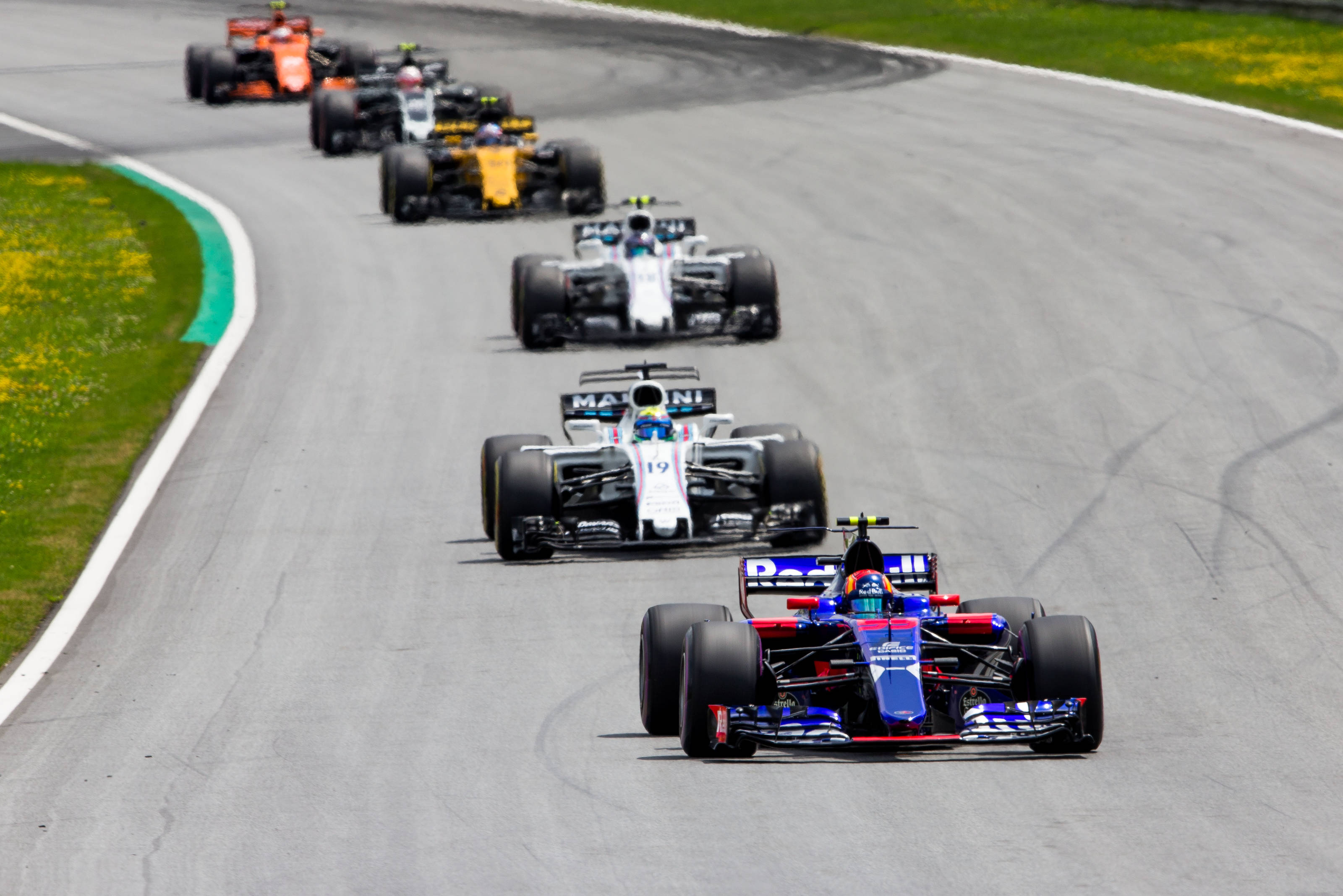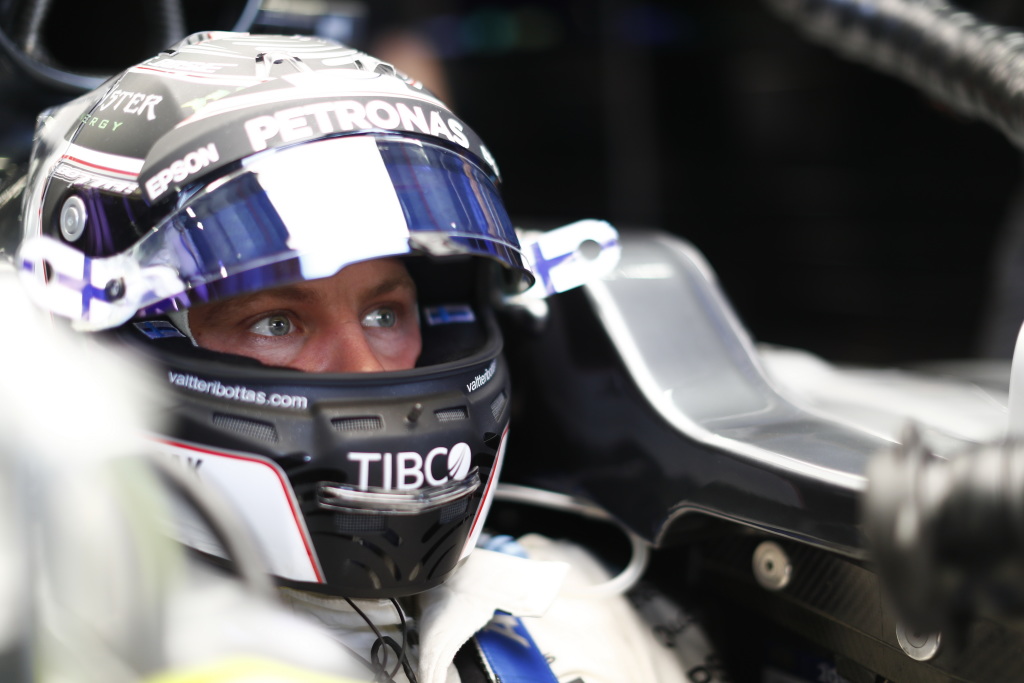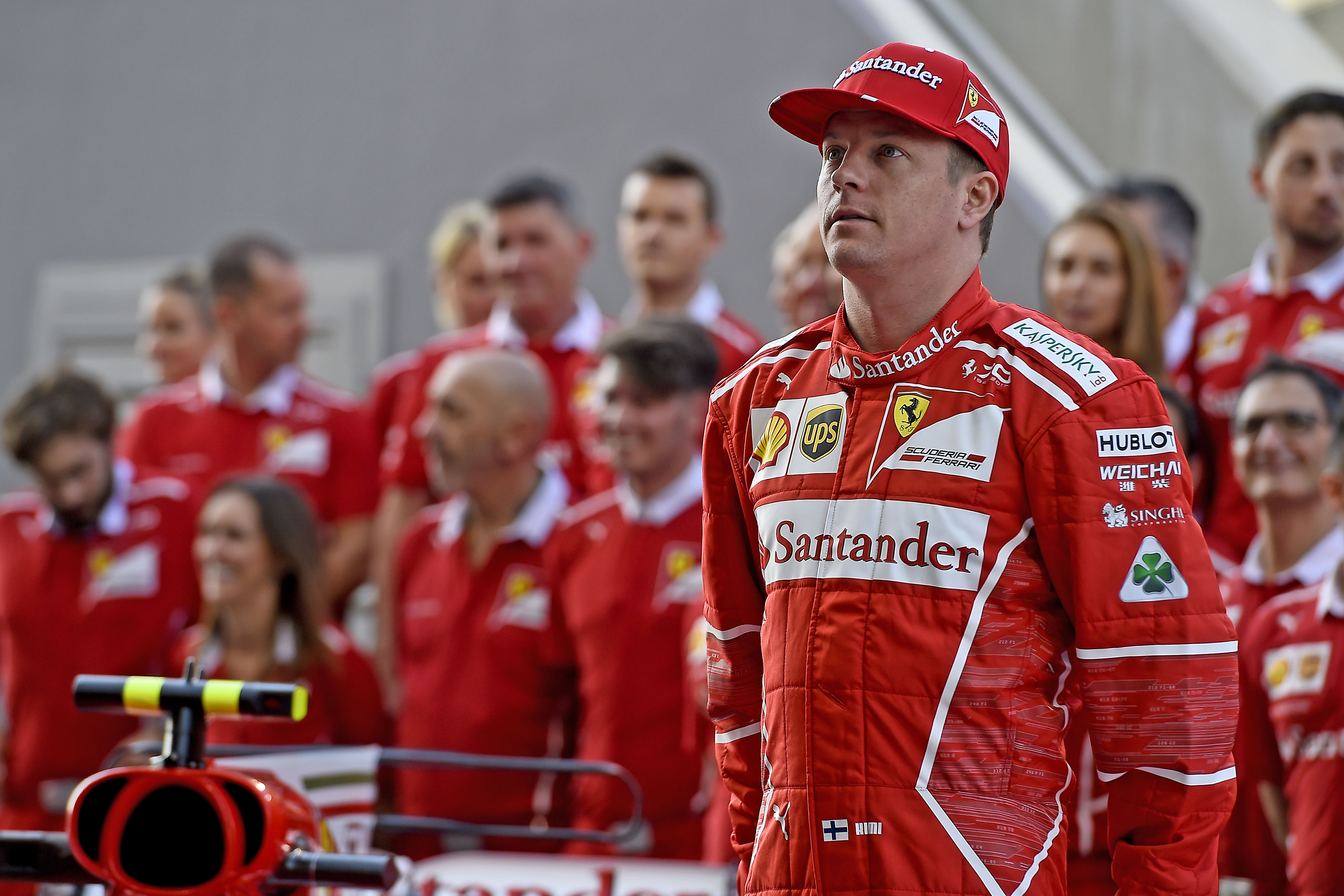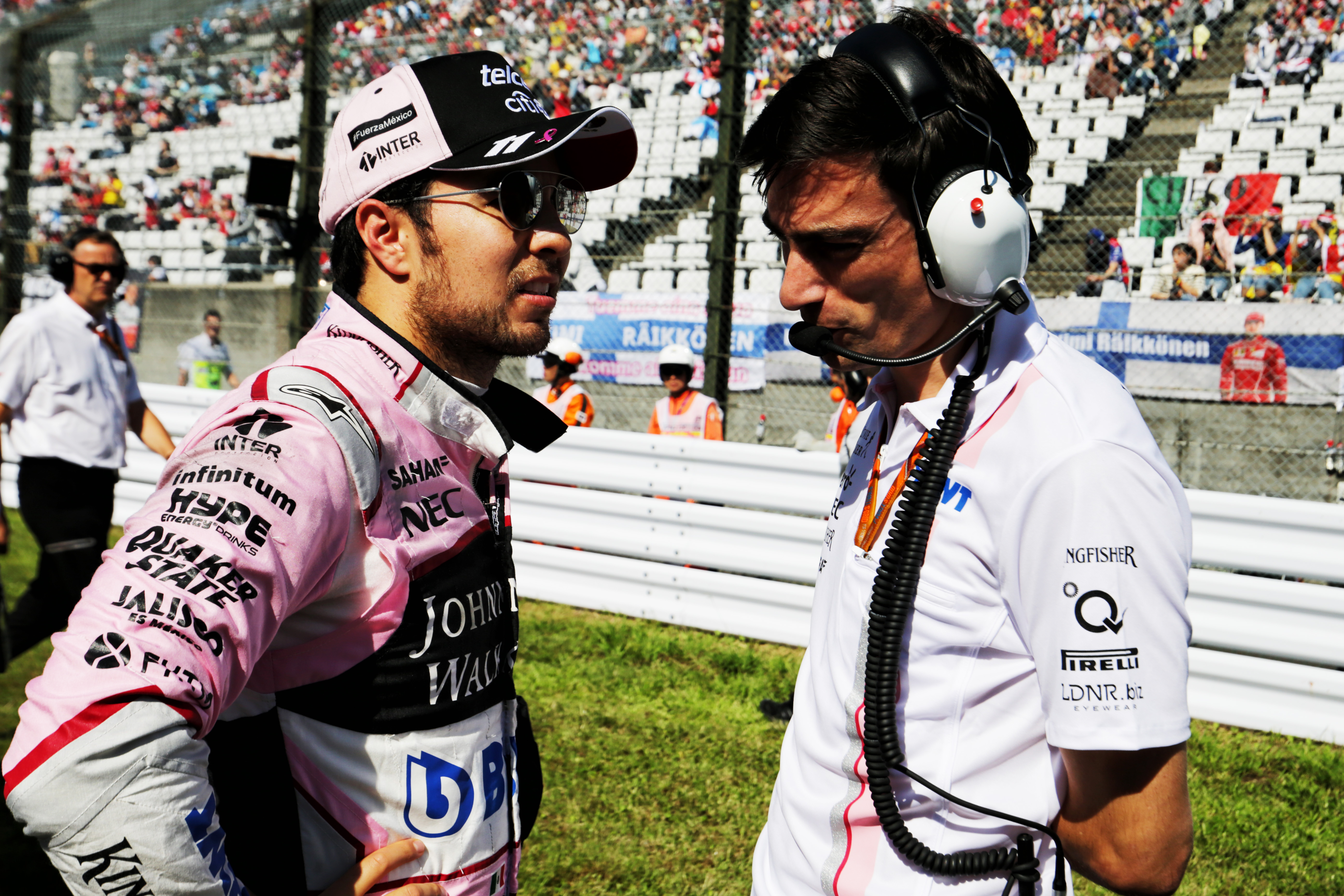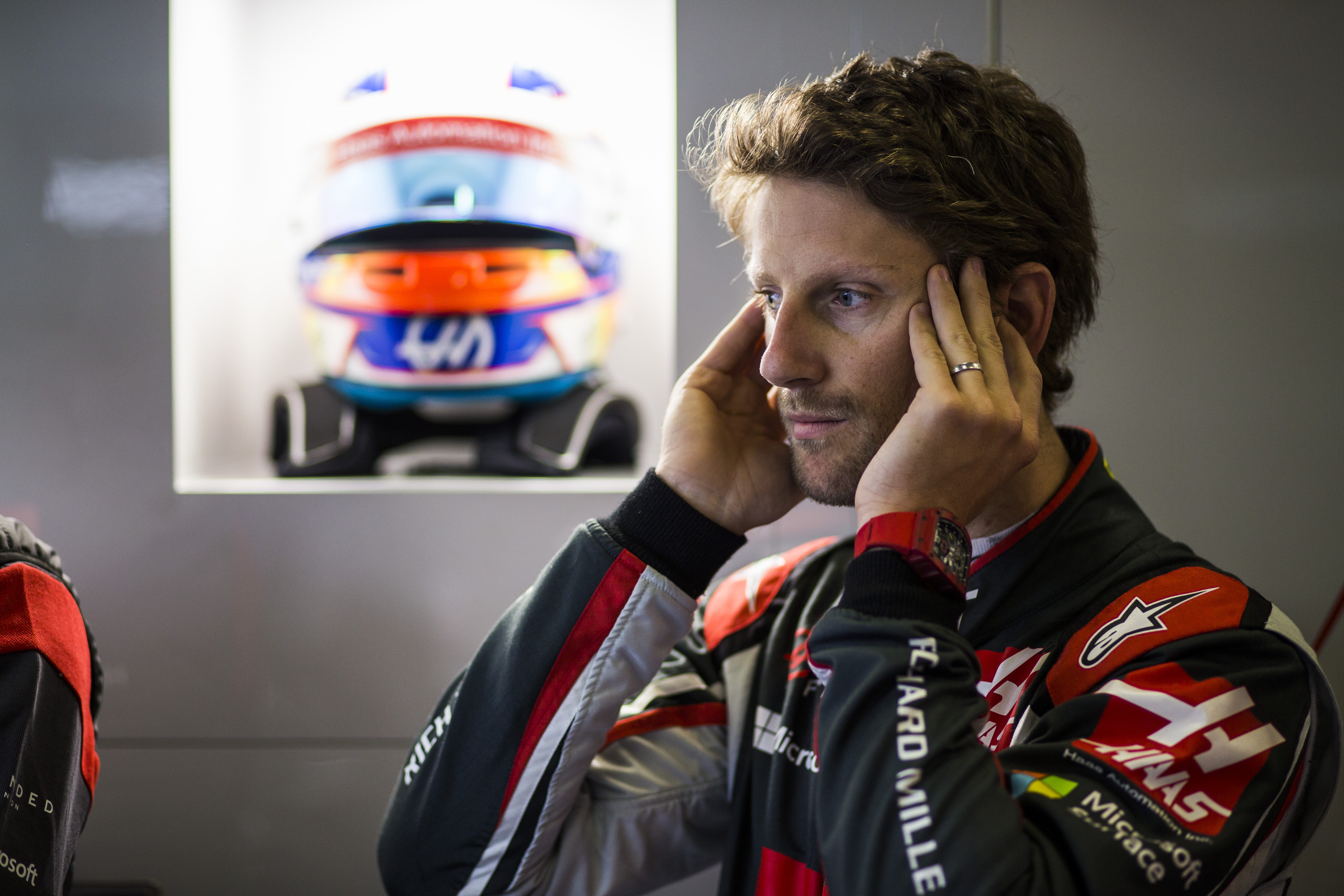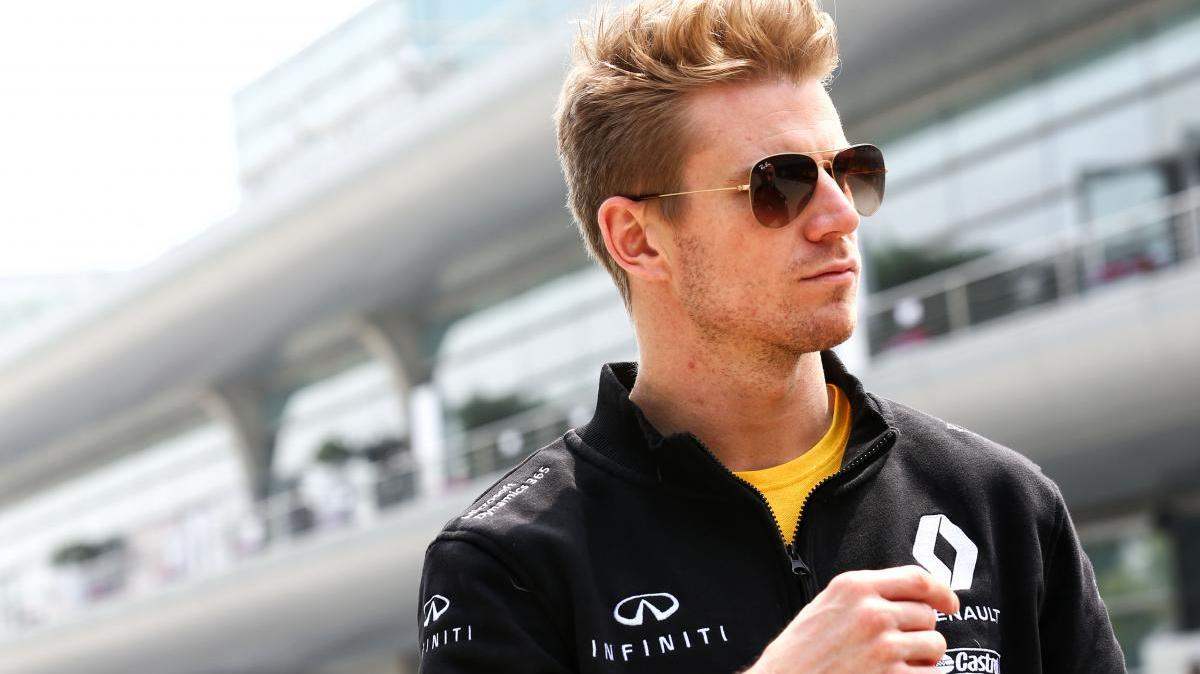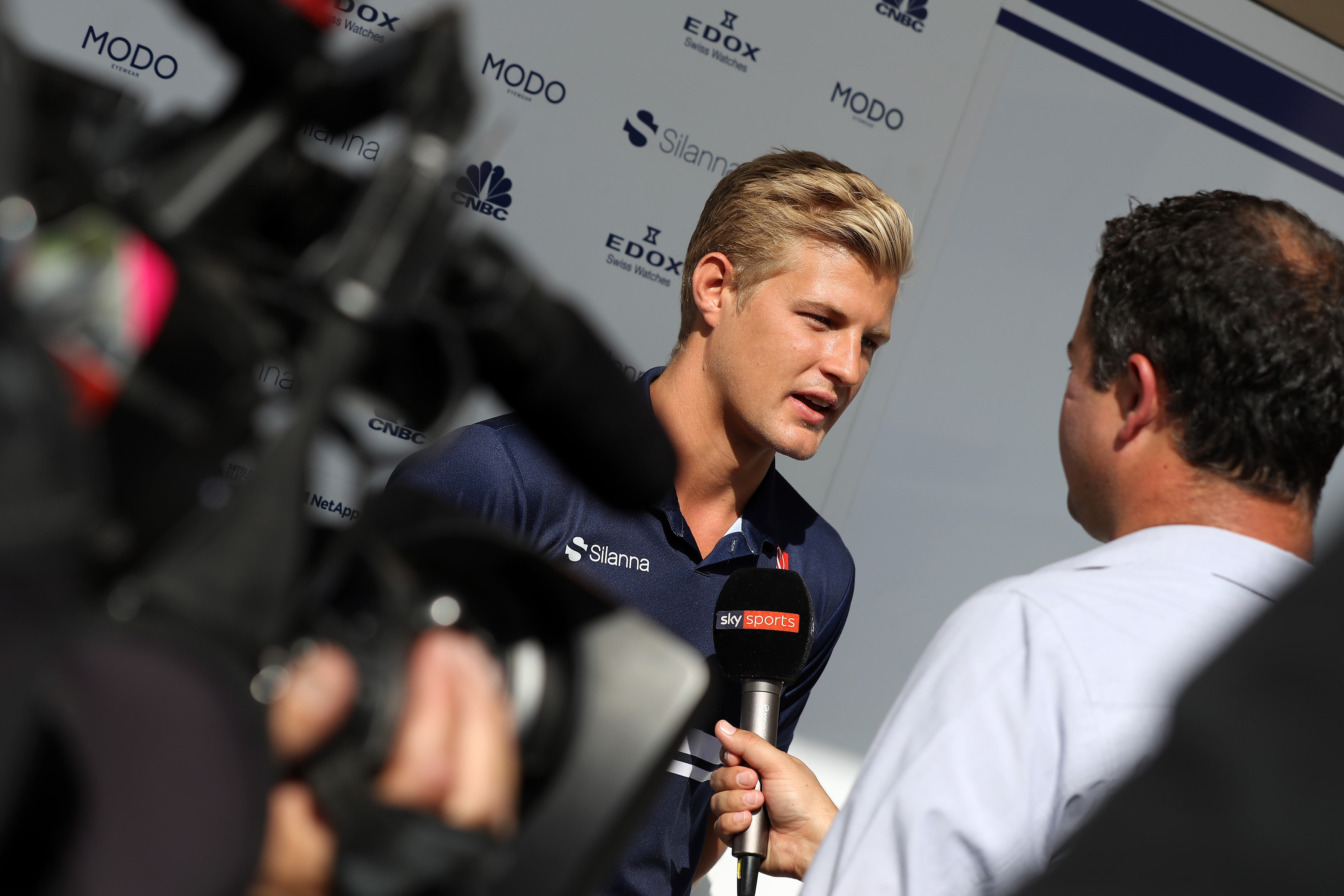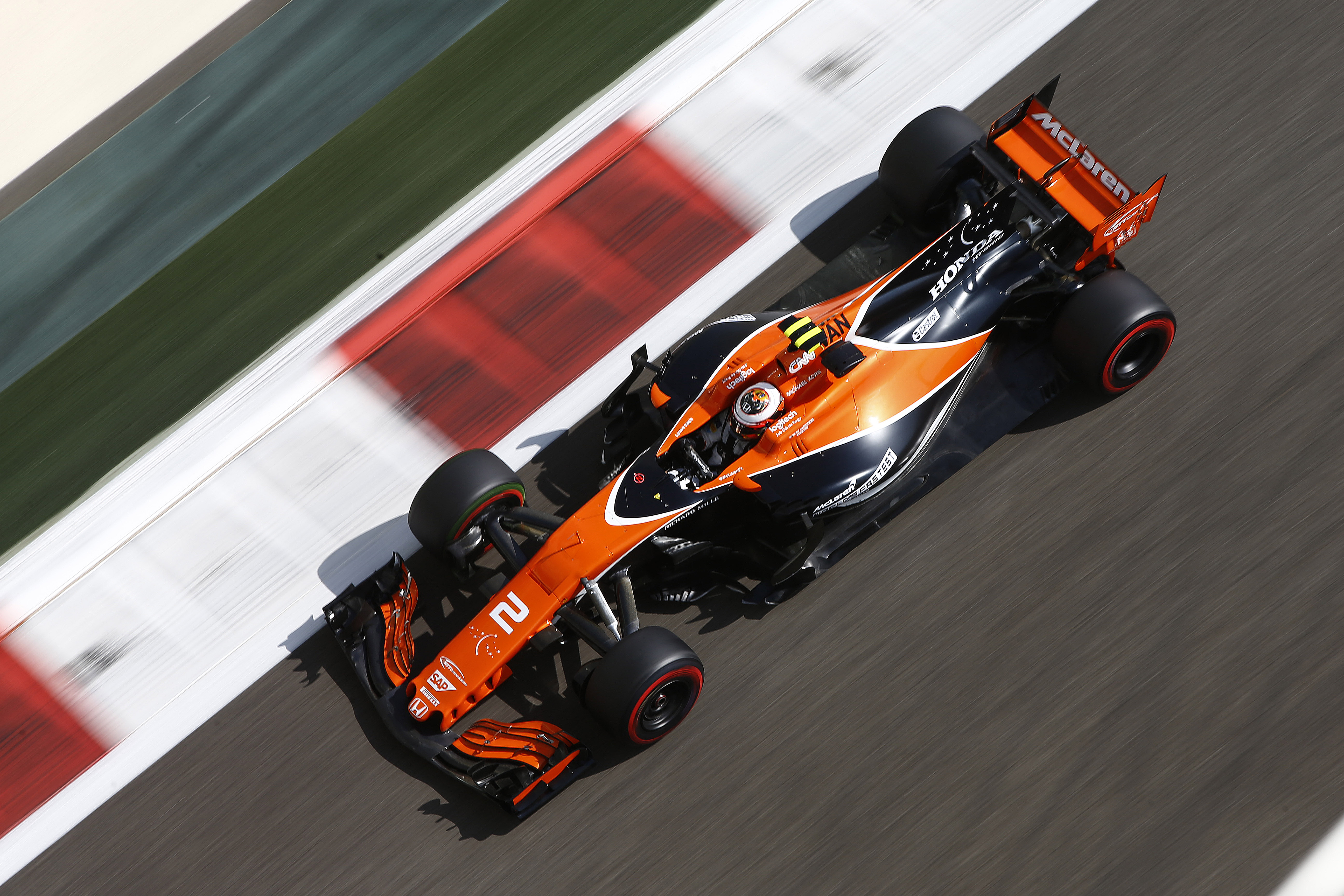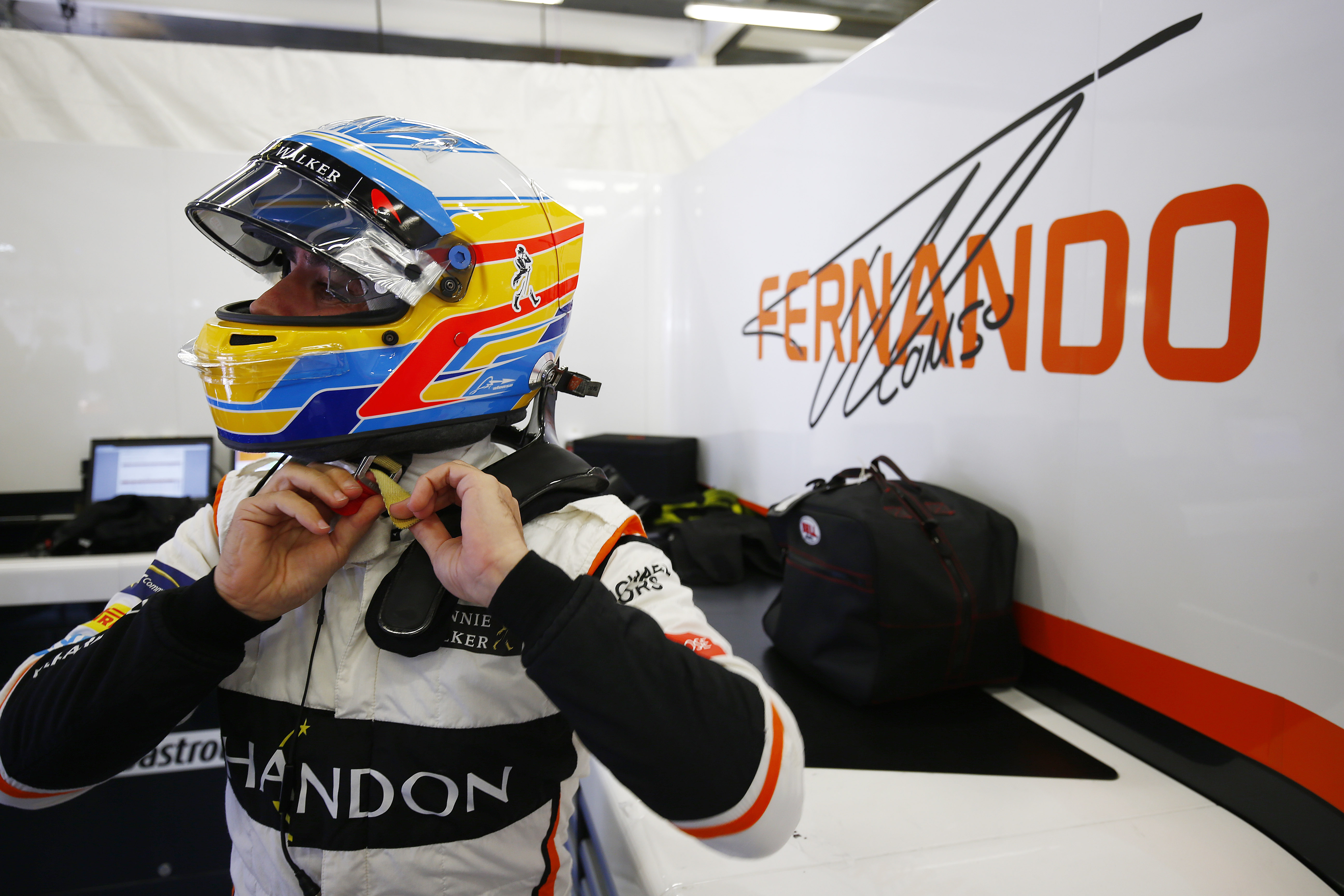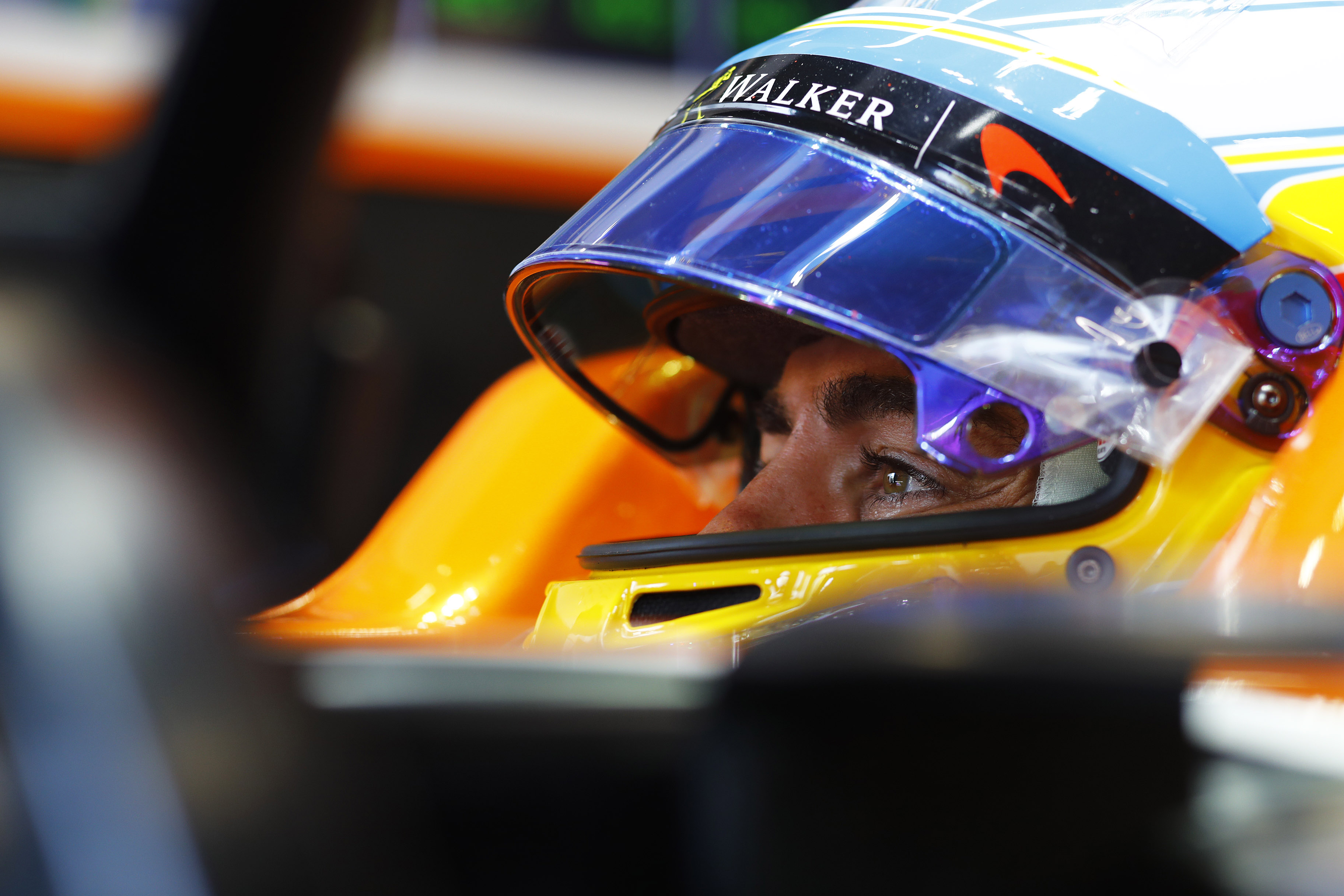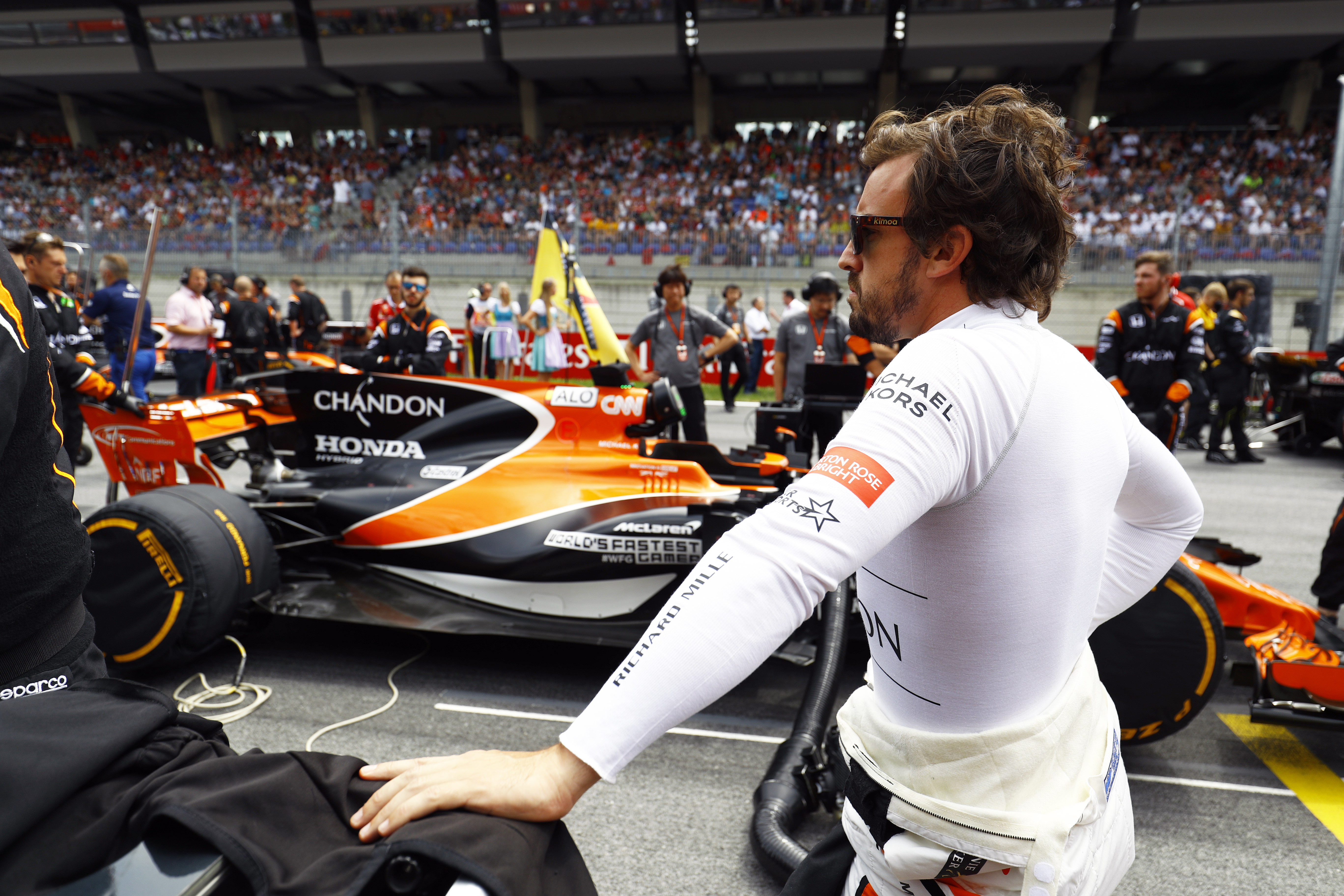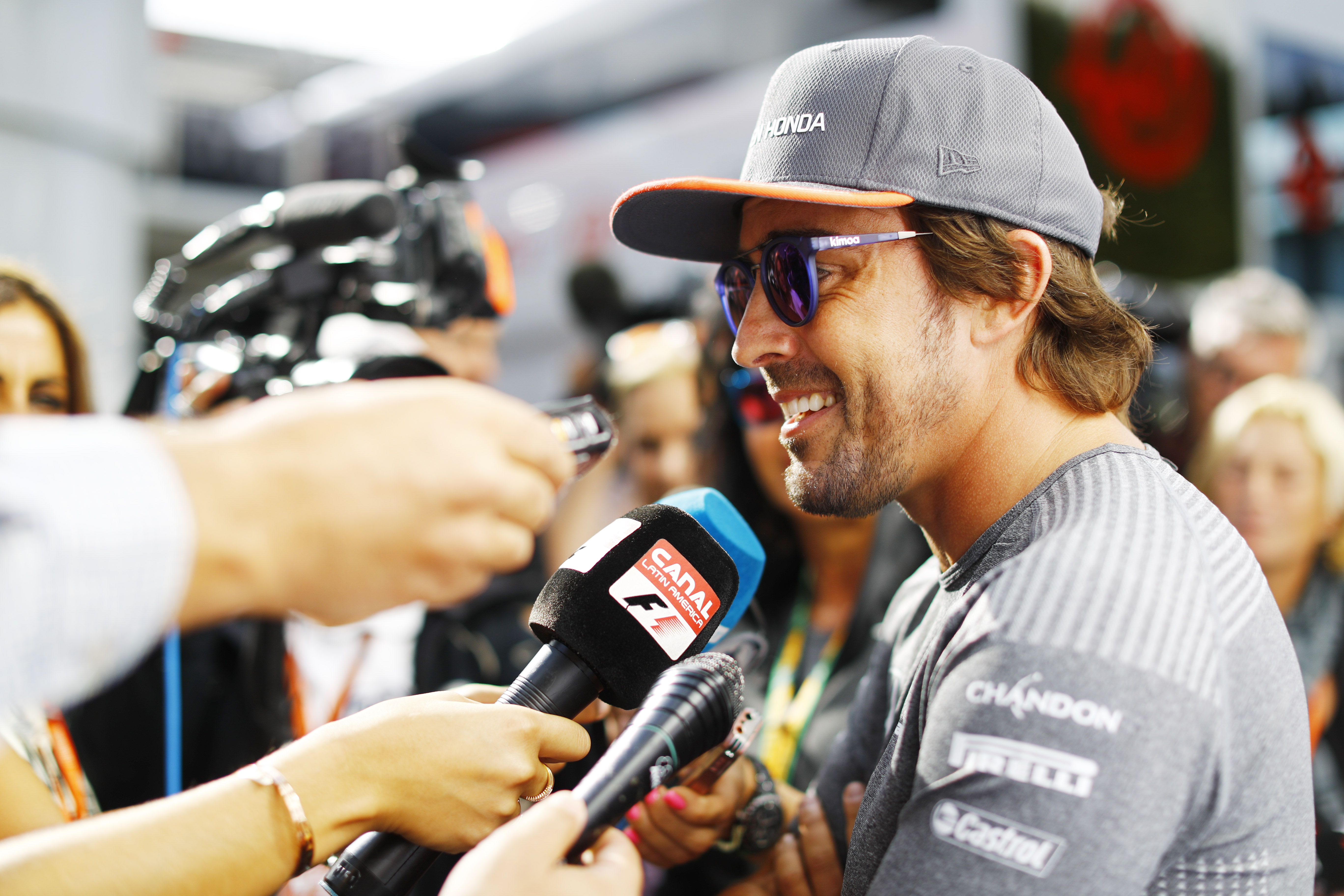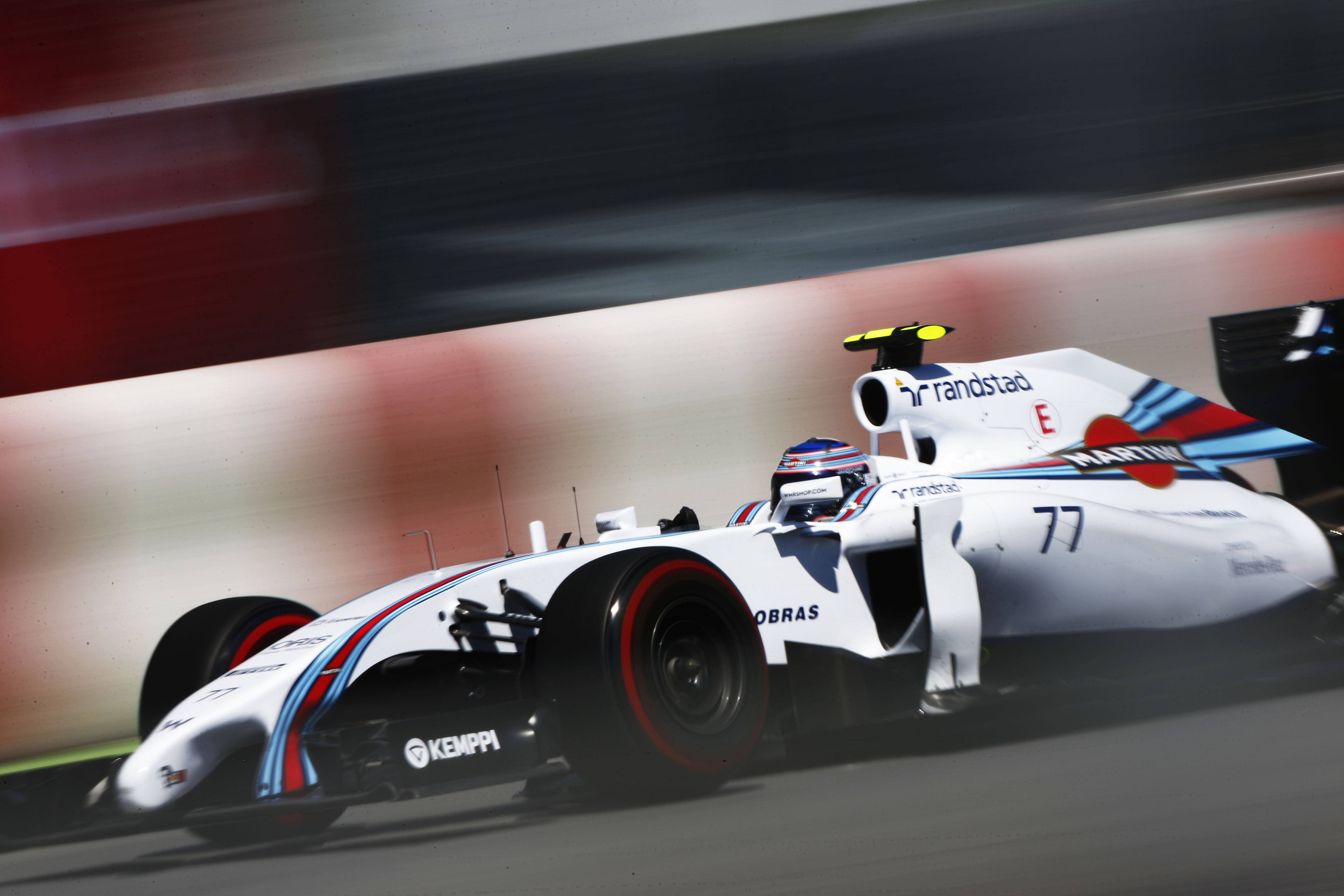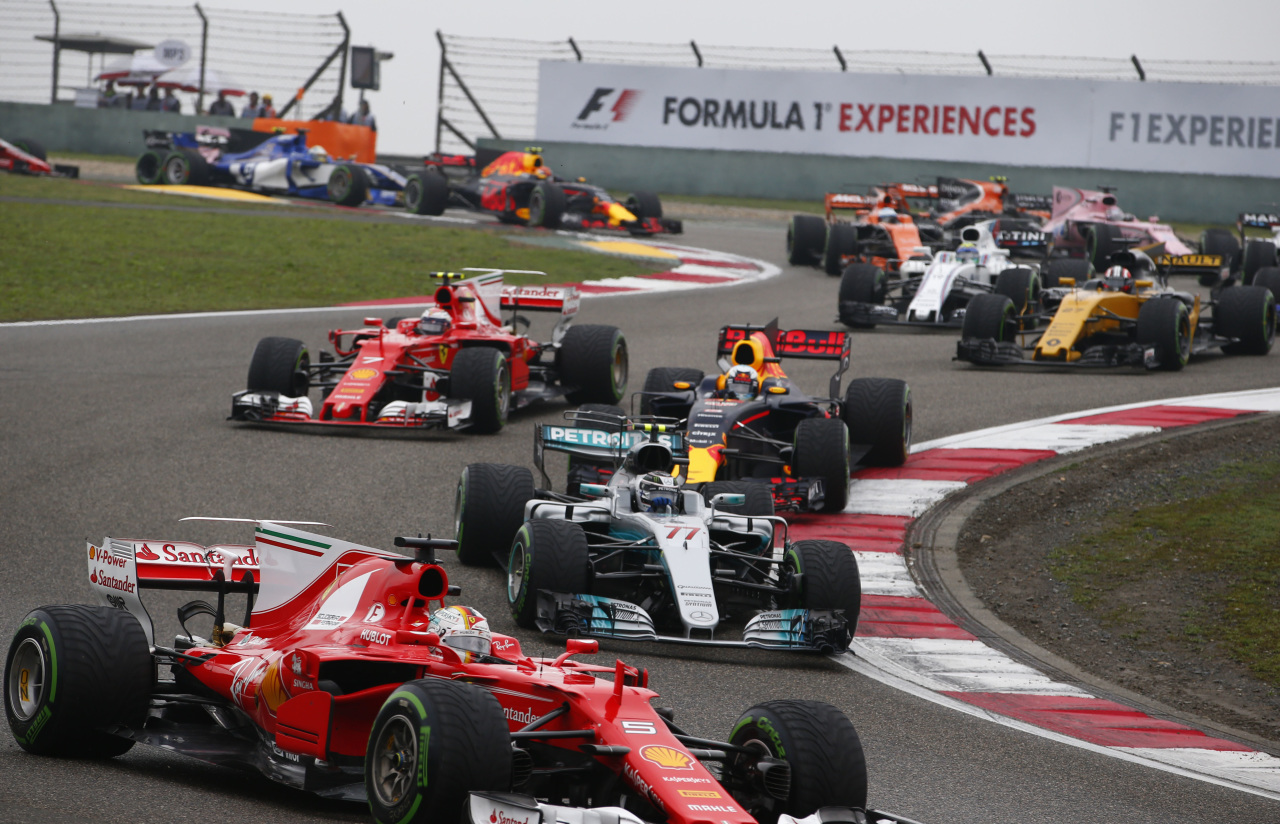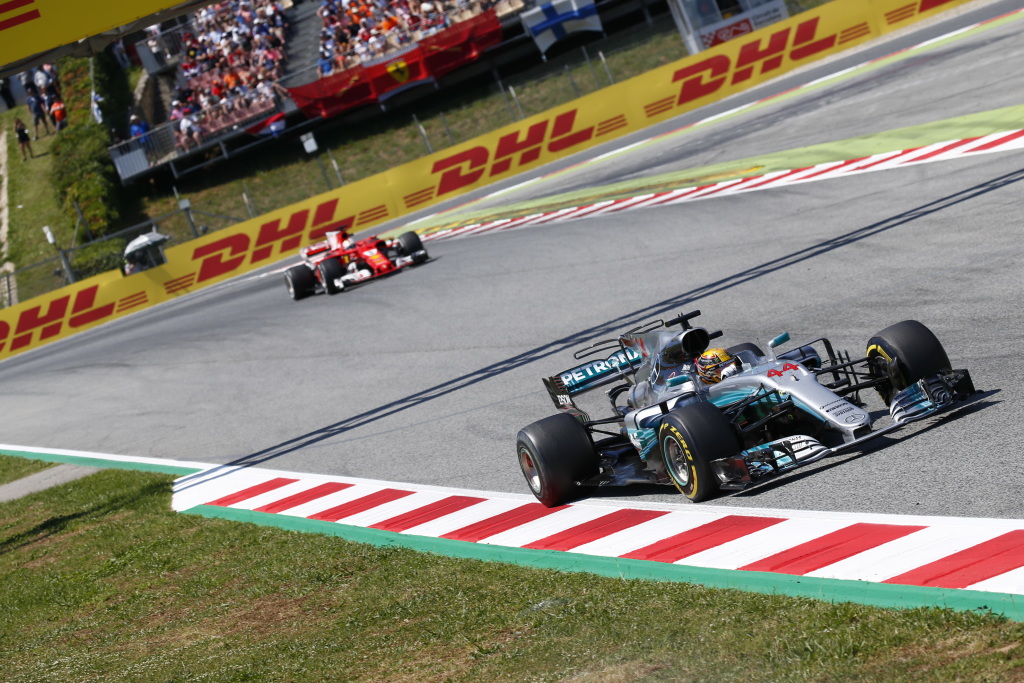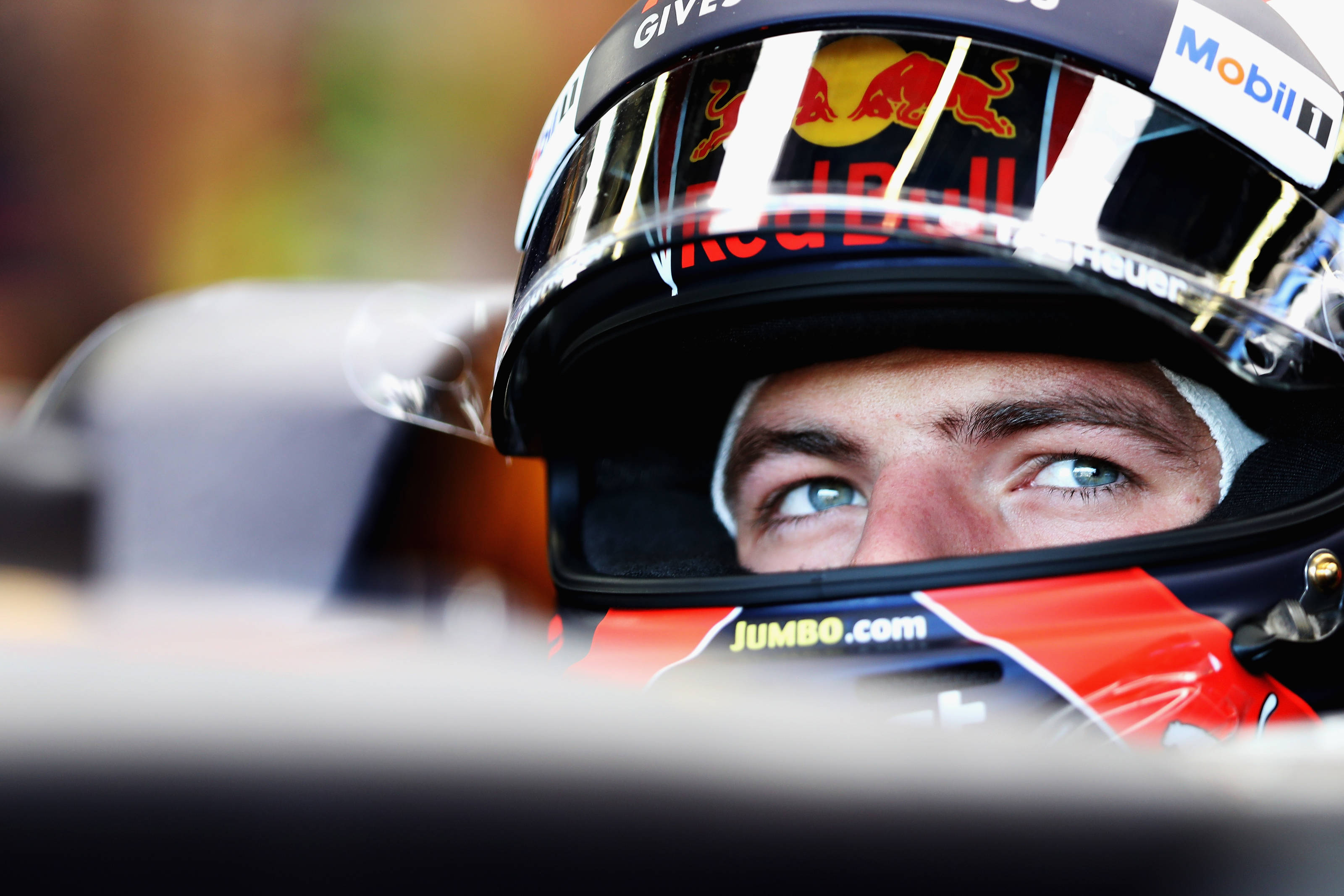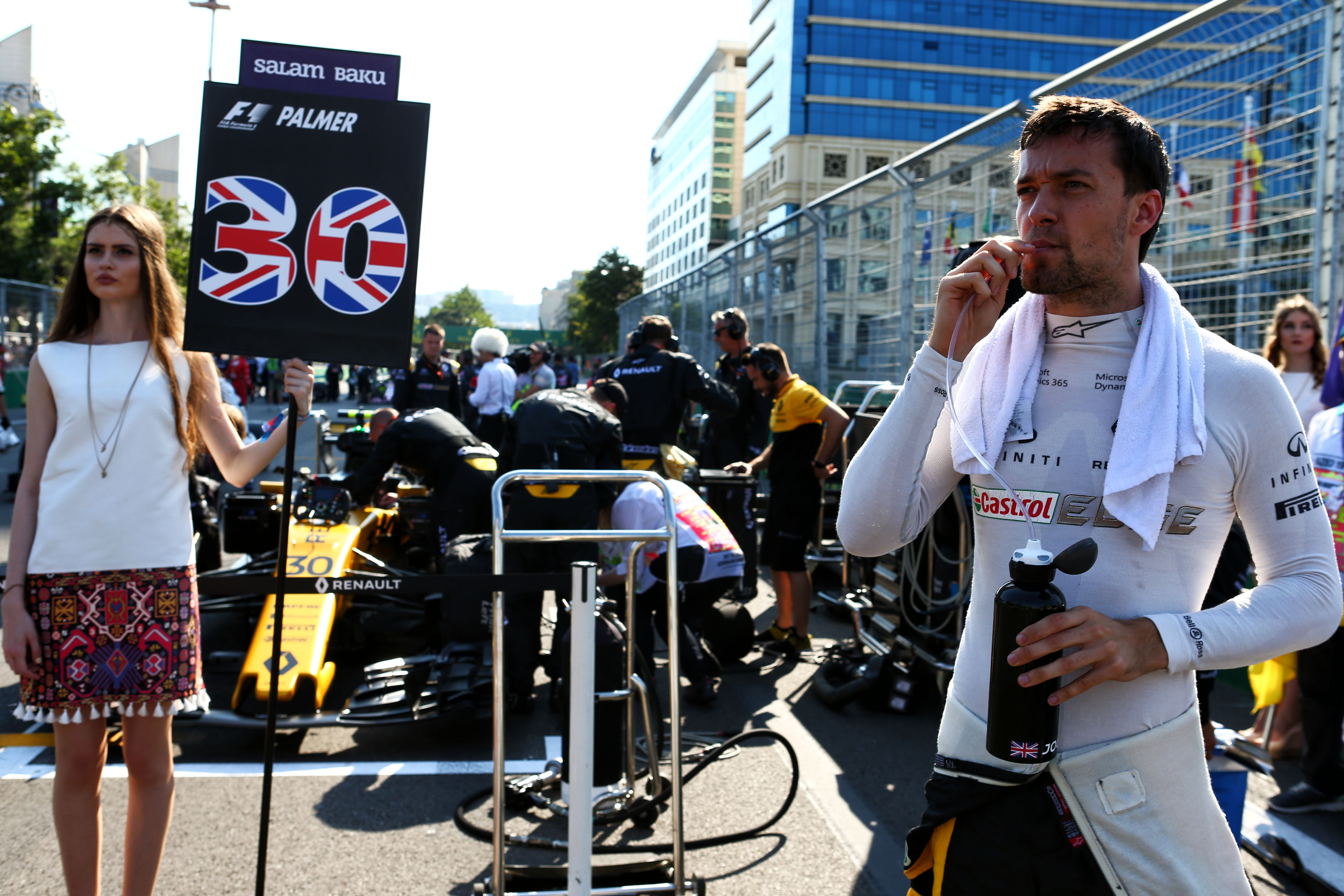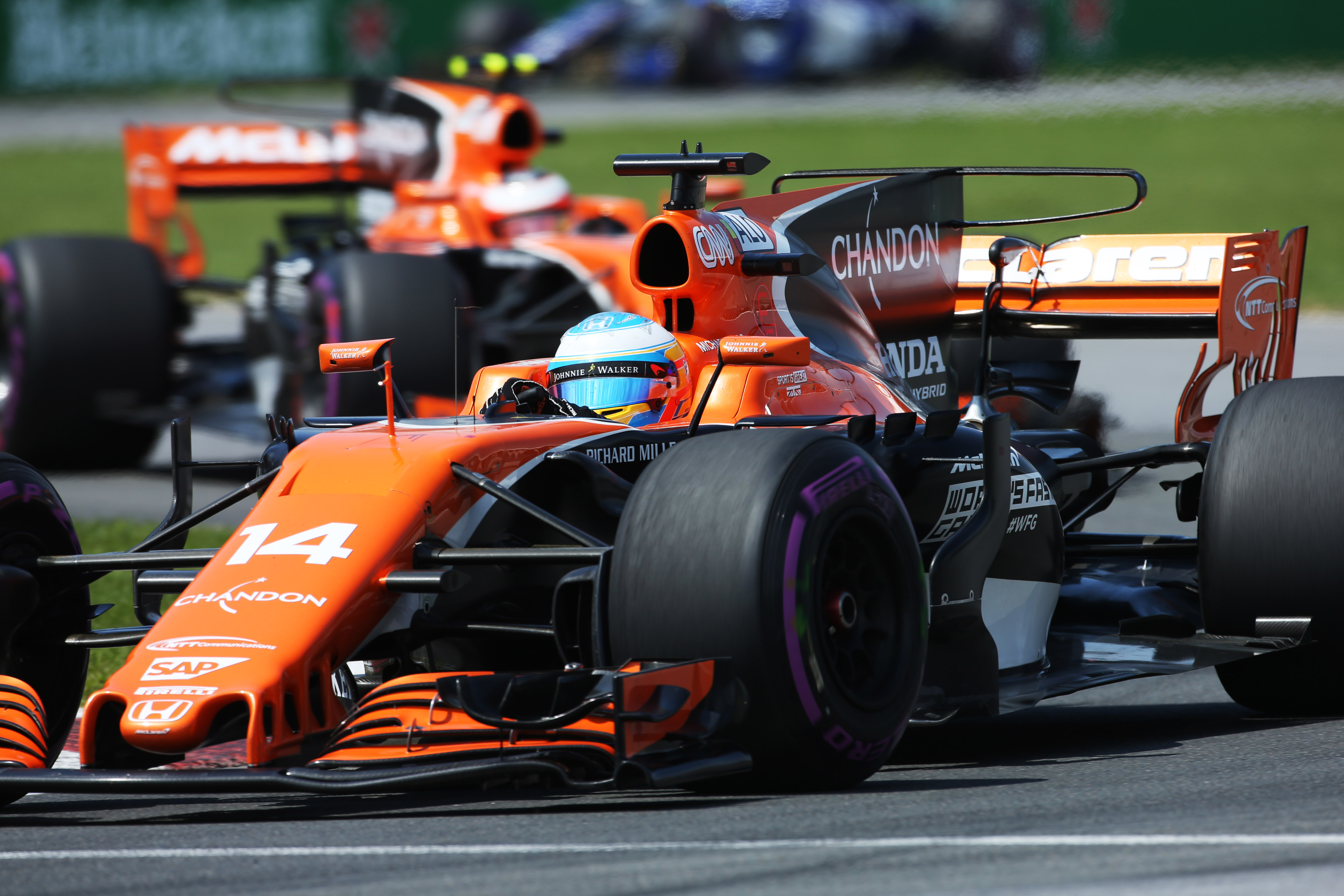Kimi Räikkönen kept Ferrari on top for the final day of 2018 testing, leading by half a second from McLaren’s Fernando Alonso.
The Finn set his best time during the morning session, using hypersofts to post a 1:17.221s—just 0.039s slower than Sebastian Vettel’s record-breaking lap from Thursday.
Although Räikkönen’s focus turned to long runs in the afternoon as he notched up a total of 153 laps, his time was strong enough to remain fastest even as a flurry of hot laps came late in the session.
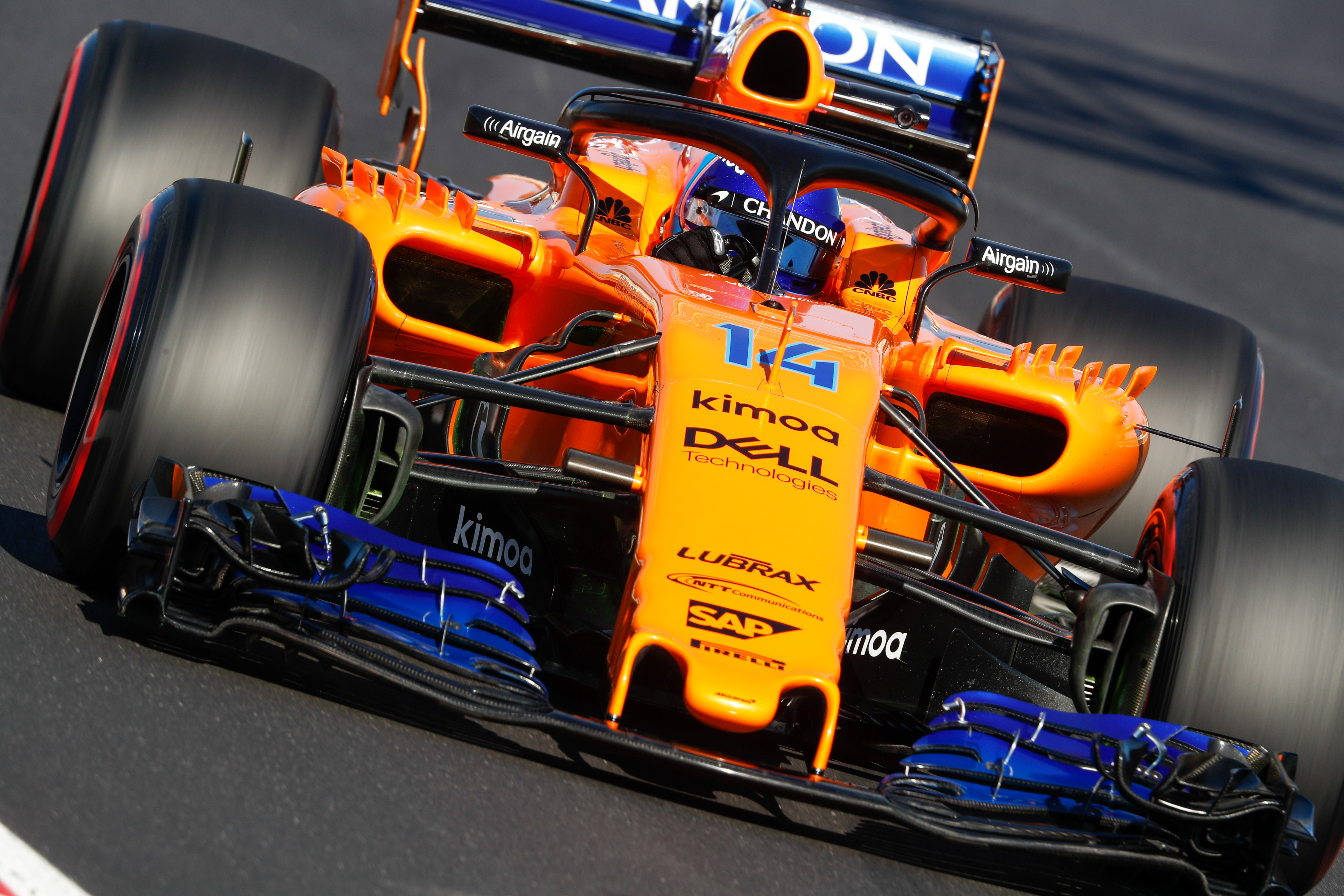
Fernando Alonso made the most ground on the leaderboard during that period, setting a pair of hypersoft-shod 1:17s that brought him within 0.563s of the Ferrari in the final 15 minutes.
The Spaniard did briefly top the leaderboard following that run with a 1:16.720s, but this time came by cutting the final chicane and as such was deleted.
As well as rising to second-quickest, Alonso’s afternoon was also spent recovering from yet another interrupted morning. After teammate Vandoorne logged 151 laps on Thursday, Alonso’s final session with the MCL33 was halted after just seven laps this morning, when a turbo problem prompted a five-hour engine change.
However, once that was completed Alonso had no further issues on track and ended the day with a respectable 93 laps.
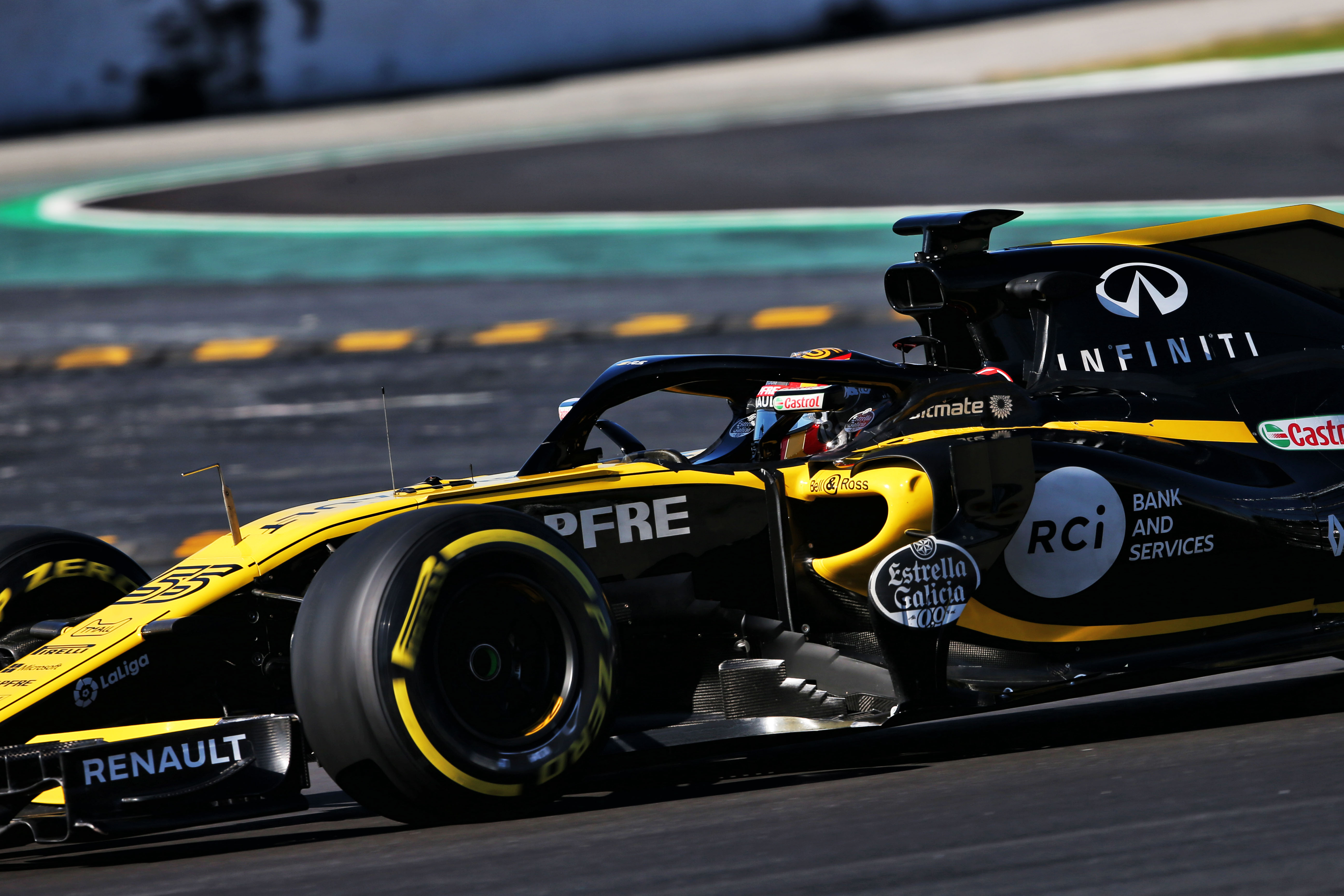
Alonso’s P2 was the first in a trio of Renault-powered cars to slot in behind Räikkönen, as the French marque continued to show signs of improvements in its power unit performance.
Carlos Sainz’s works Renault was three tenths down on the McLaren in third. Like Alonso, he too was making up for lost track time in the final hours, following a gearbox problem that halted his RS18 after just four installation laps in the morning.
Fourth was Daniel Ricciardo, who set a supersoft lap of 1:18.327s—only three tenths off the hypersoft lap that put the Australian on top of Tuesday’s session.
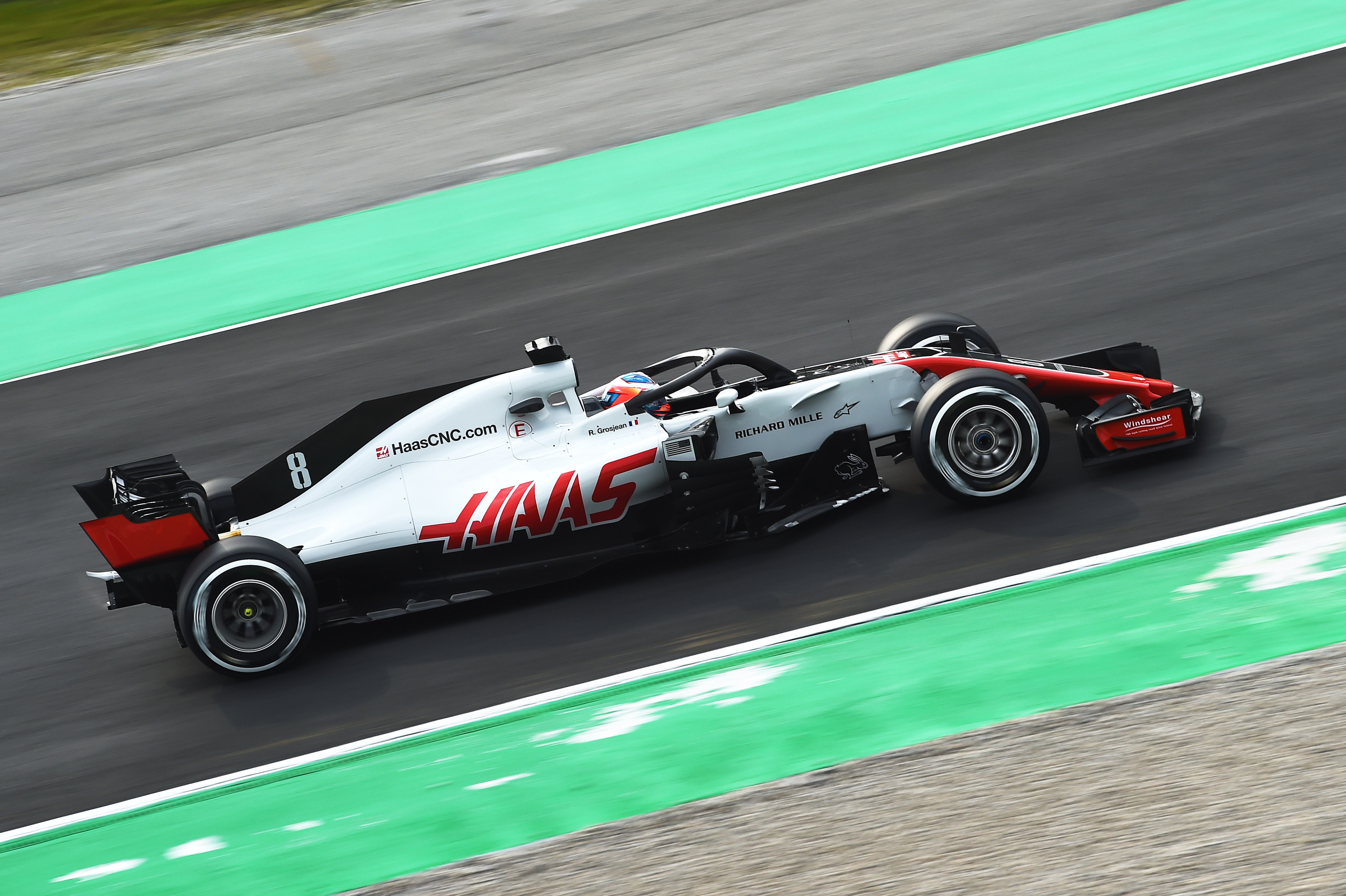
Romain Grosjean was fifth, putting in another strong showing of speed for Haas with a 1:18.412s. The Frenchman also posted the most laps of the day at 191.
Valtteri Bottas—who set his best time on the medium tyre—was the highest-placed Mercedes in sixth. Once again, the Silver Arrows split its day between Bottas and Lewis Hamilton, with the duo putting in a combined 201 laps on Friday to bring Mercedes’ testing total up to 1,040.
That’s 56 fewer than the team achieved during 2017 testing, but still leaves Mercedes comfortably top of this year’s mileage charts, setting 111 laps more than next-best Ferrari.
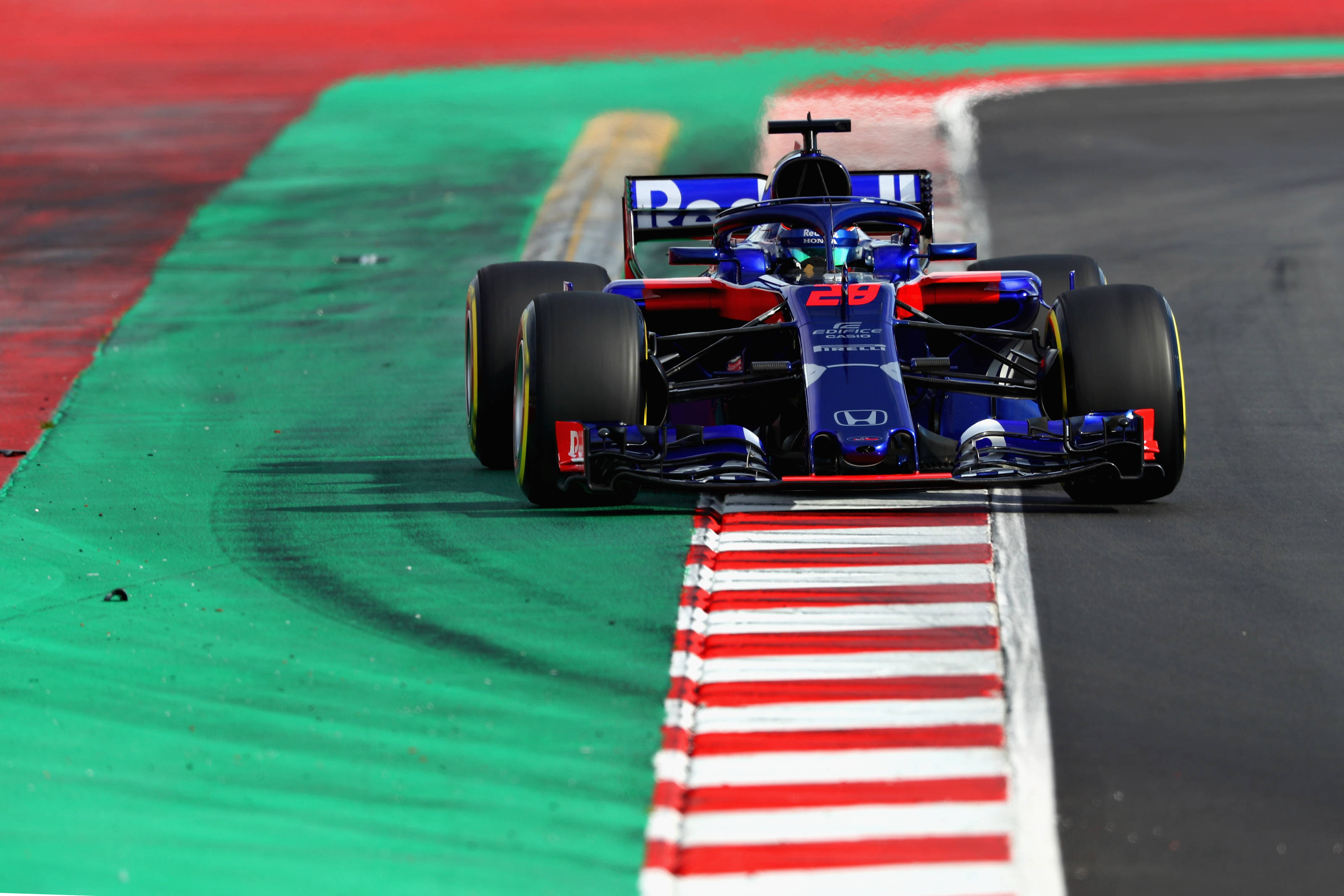
Slotting into third on the teams’ lap count was Toro Rosso-Honda, their total of 822 laps including the 156 logged by Brendon Hartley on Friday. The New Zealander was seventh-fastest in the end, one tenth down on Bottas and less than 0.020s quicker than Esteban Ocon’s Force India in eighth.
Charles Leclerc was ninth, and the first driver outside of the 1:18s. The reigning F2 champion’s final day was hampered when he span into the gravel trap in the morning—the delay limited Leclerc to 75 laps, the third-lowest total of the day.
Lewis Hamilton made a rare appearance towards the bottom of the leaderboard, as his 1:19.464s (good enough for fourth in the morning) tumbled down the order while his teammate drove the afternoon session.
The defending champion eventually settled in eleventh place, splitting the two Williams’ of Sergey Sirotkin and Lance Stroll. During his morning in the FW41, Sirotkin recorded a century of laps to help Williams to fourth in overall testing mileage.
However, his teammate added only 27 laps of his own in the afternoon running, and with a best time of 1:19.954s Stroll made it the sixth time in eight days of testing that a Williams has been slowest.
